PART ONE 13 – 20 Maggio 2019
A leisurely drive from Castellammare past rugged mountains shooting out of the sea and rolling hills planted in vineyards brought us to Palermo about noon. Driving into the city was not as hair-raising as we had been led to believe, although Bonnie had carefully studied the street map to find a hotel not too deep into the narrow, twisting streets of central Palermo. Nevertheless, the hotel was in a delightfully “colorful” neighborhood of noisy street life that continued until at least a 11 pm. After unloading luggage and our expanding collection of stuff, like wine, to drop off at cousin Luciana’s in Rome, we found parking about a block from the hotel where we left the car for a week. When a hotel says they have free parking, it usually means street parking that is free.
By chance, a college dorm mate of Robert who lives in France had just posted an enthusiastic recommendation for a guide of walking tours, so we immediately signed up. Domenico’s tour was a great orientation to Palermo that was cultural, historic, and gastronomic. Domenico Aronica is the guy to go with: www.domenicoaronica.com. Domenico quickly became a pal, and on another day we had drinks with he and his young family, and on a third day we visited Palermo’s catacombs together.
Domenico explained to us that the population of the central city was 280,000 before WWII, but after Allied bombing it declined dramatically, and it is only 80,000 today. (A new section of the city was built during and after Mussolini.) Incredibly, many distinguished palazzi in the old city still remain damaged and unoccupied. But in the past 5 to 10 years there has been a resurgence of interest and investment in the area. Key to this has been closing two main cross streets for pedestrians. In addition, the waning of mafia influence since the early 1990s has encouraged investors to renovate the empty palazzi for hotels or condominiums.
The number of tourists on the streets in mid May, primarily Italians and other Europeans, is astonishing, and tourism is now an important economic driver in the city. Some of the tourist increase comes because of wariness about travel in the Middle East and North Africa. But there is also growing awareness, reinforced by UNESCO’s recognition of its heritage, of Palermo’s vast collection of extraordinary churches and museums. And despite the waves of tourists in the streets, key sites are often quiet. We were sometimes the only visitors in a museum. This may be partly because there are so many sites to visit. Hotels and restaurants are abundant and not fully booked.
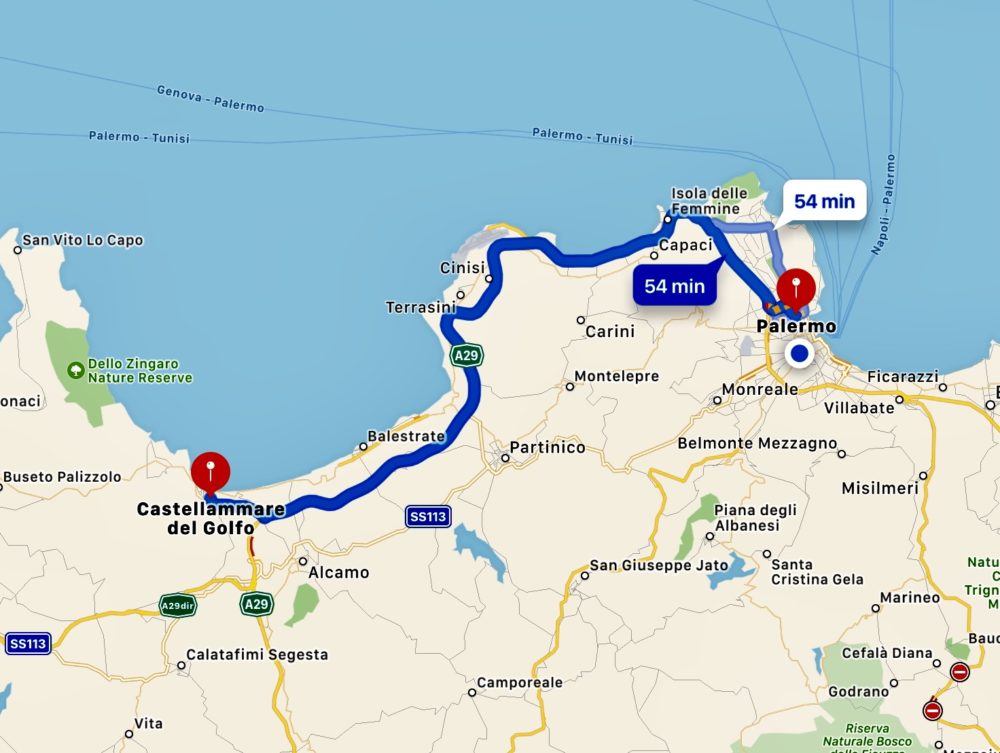
Many cultures
Palermo’s culture and architecture today results from the layering of many populations over many centuries: Phoenicians, Greeks, Romans, Arabs, Normans, Spanish, and French. The Normans especially embraced the other cultures in their architecture and administration of government. Now, it is tourists who have invaded Palermo.
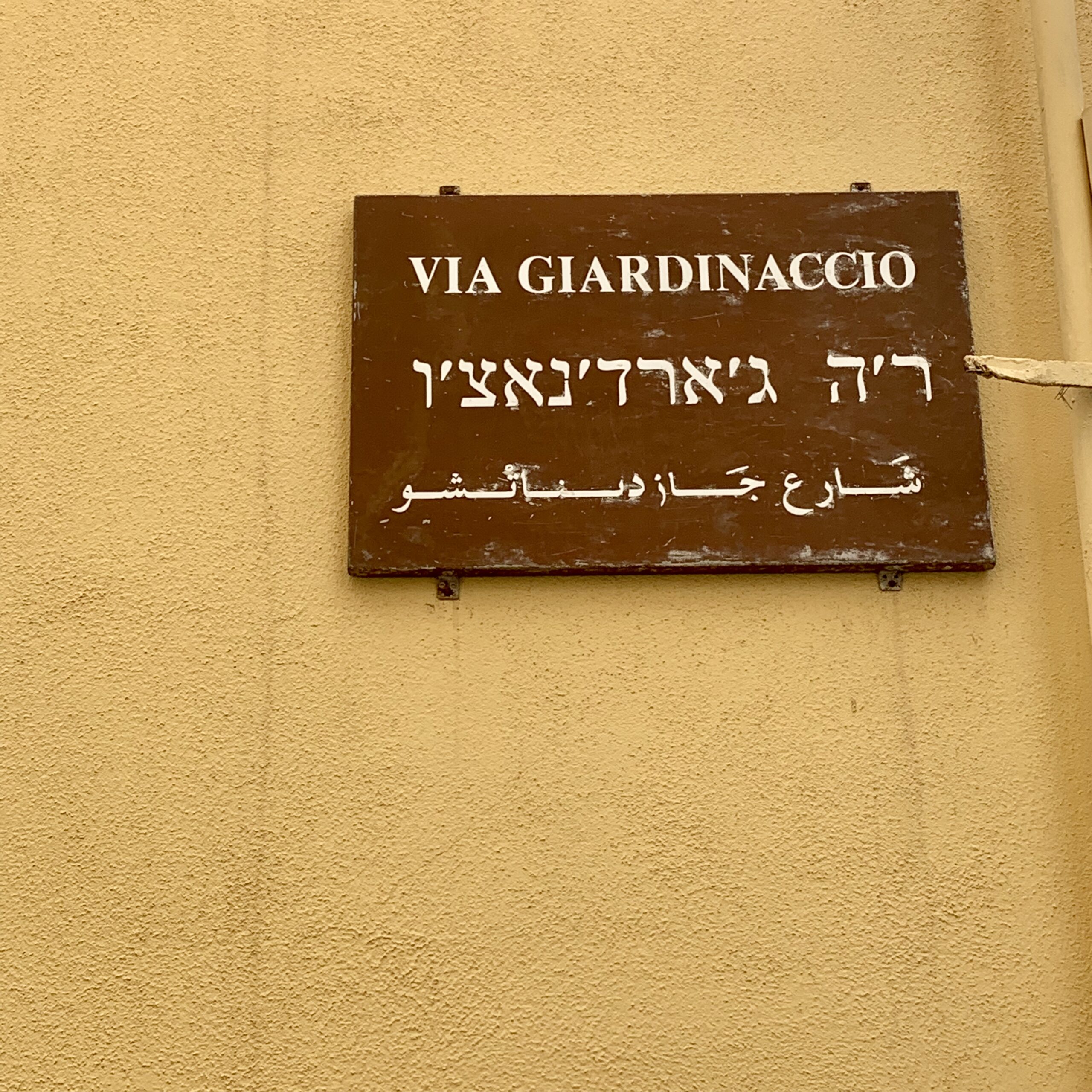
Quattro Canti
Baroque in all its glory, the plaza is the intersection of the two major roads in the historic core. Each corner is sculpted in three layers: at the base, one of the four seasons, a Spanish ruler above, and finally crowned with a saint.
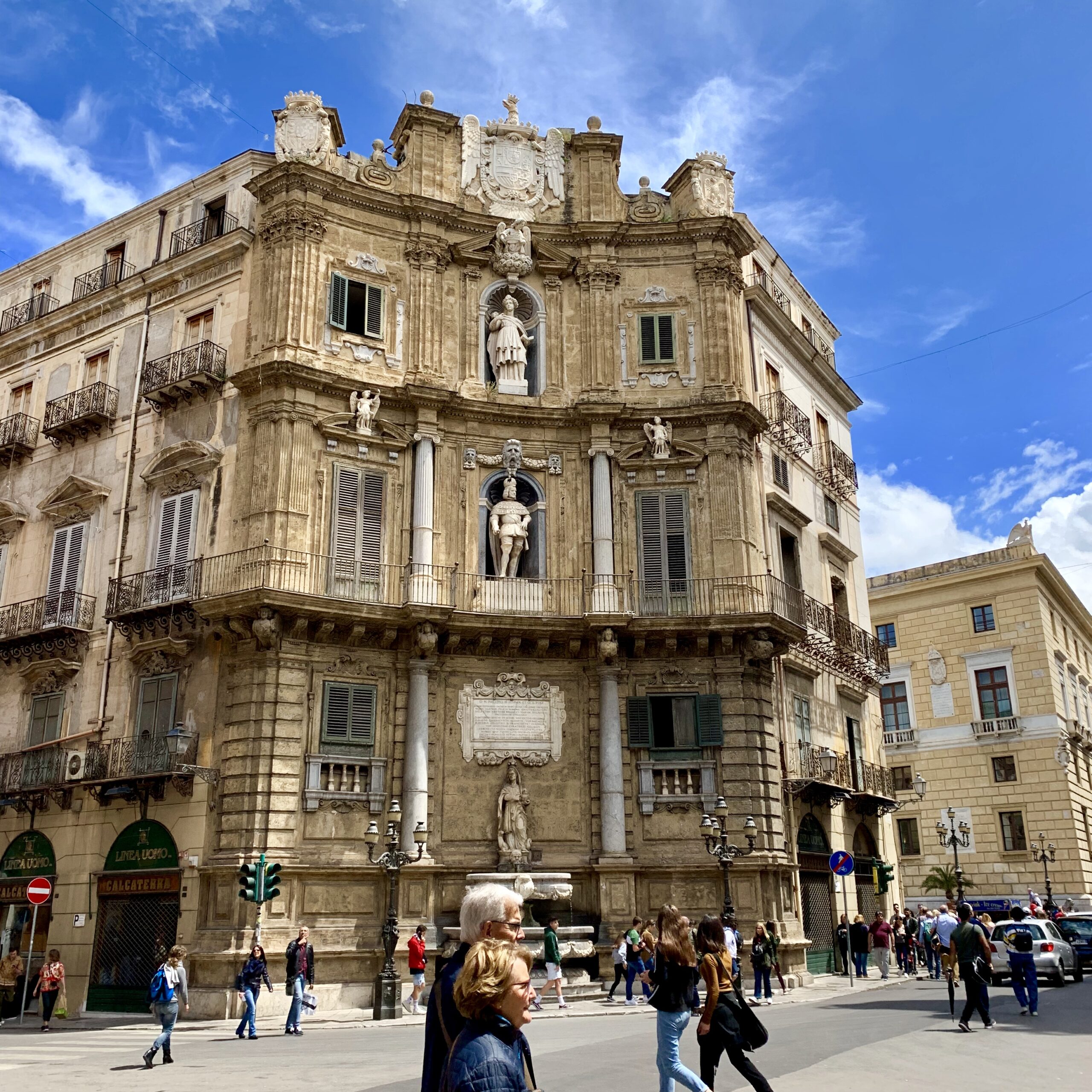

Manca Minchia
Our guide Domenico brought us to the “Fountain of Shame” in the heart of the city. The fountain was designed for a garden in Tuscany, but the original customer did not pay when it was completed, so it was shipped to Palermo is pieces instead. Beyond the over-sized scale of the fountain, this Renaissance work contains many figures, all nude. Placed between the Church of Saint Joseph and a nunnery made it a scandal. The nuns had all of the prominent minchia removed. Domenico hypothesized that the nuns took the minchia back into the nunnery.
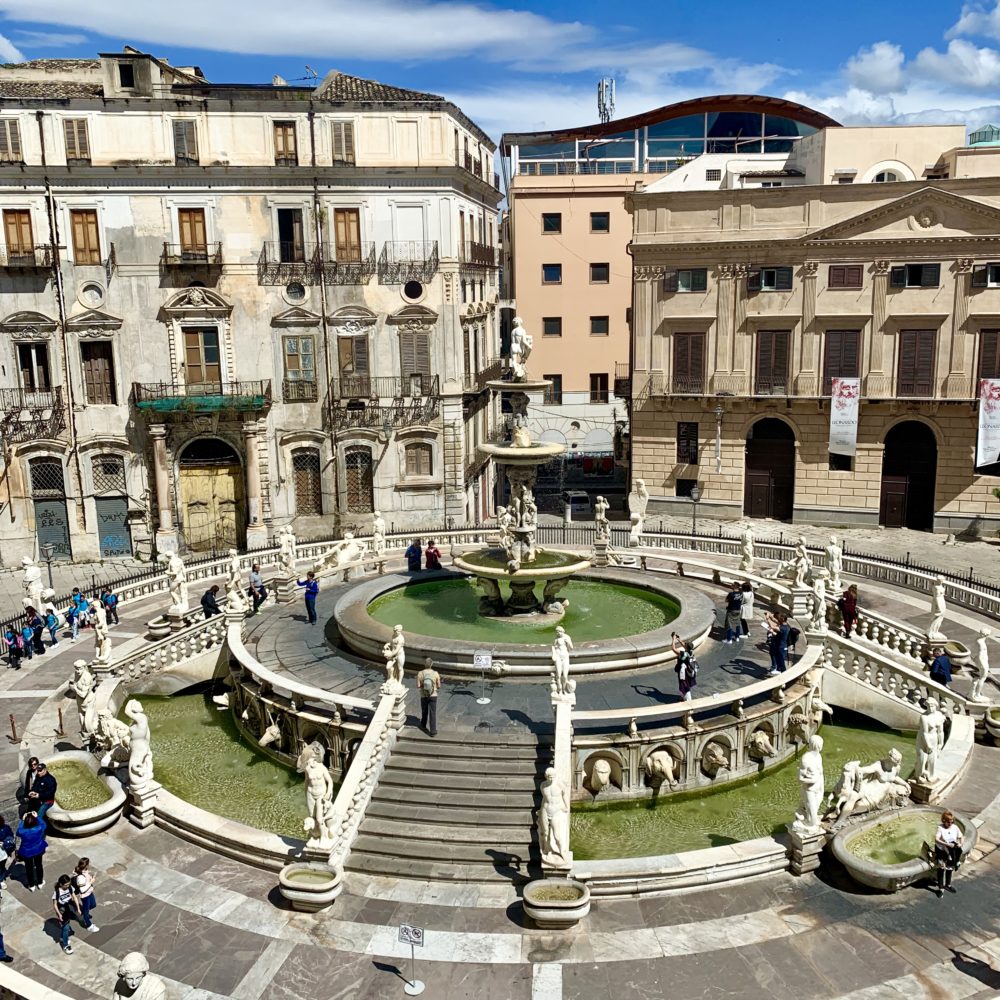
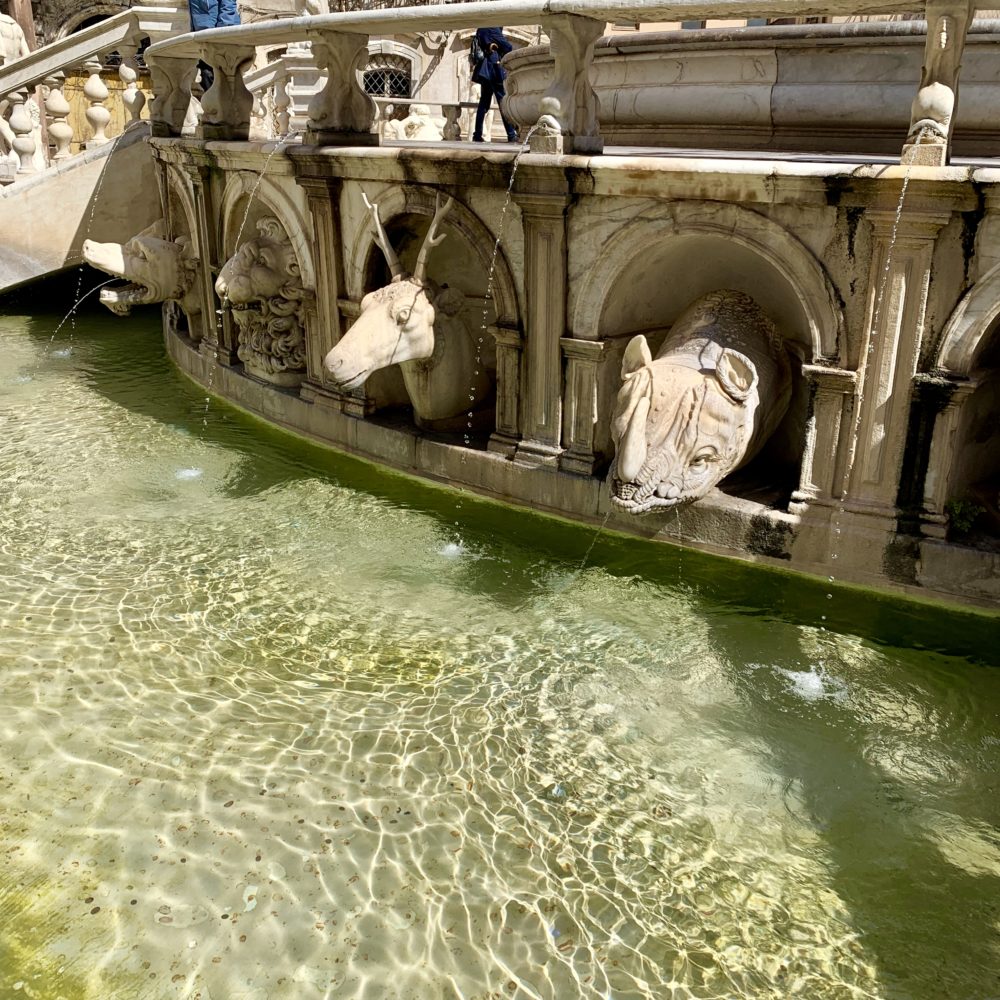
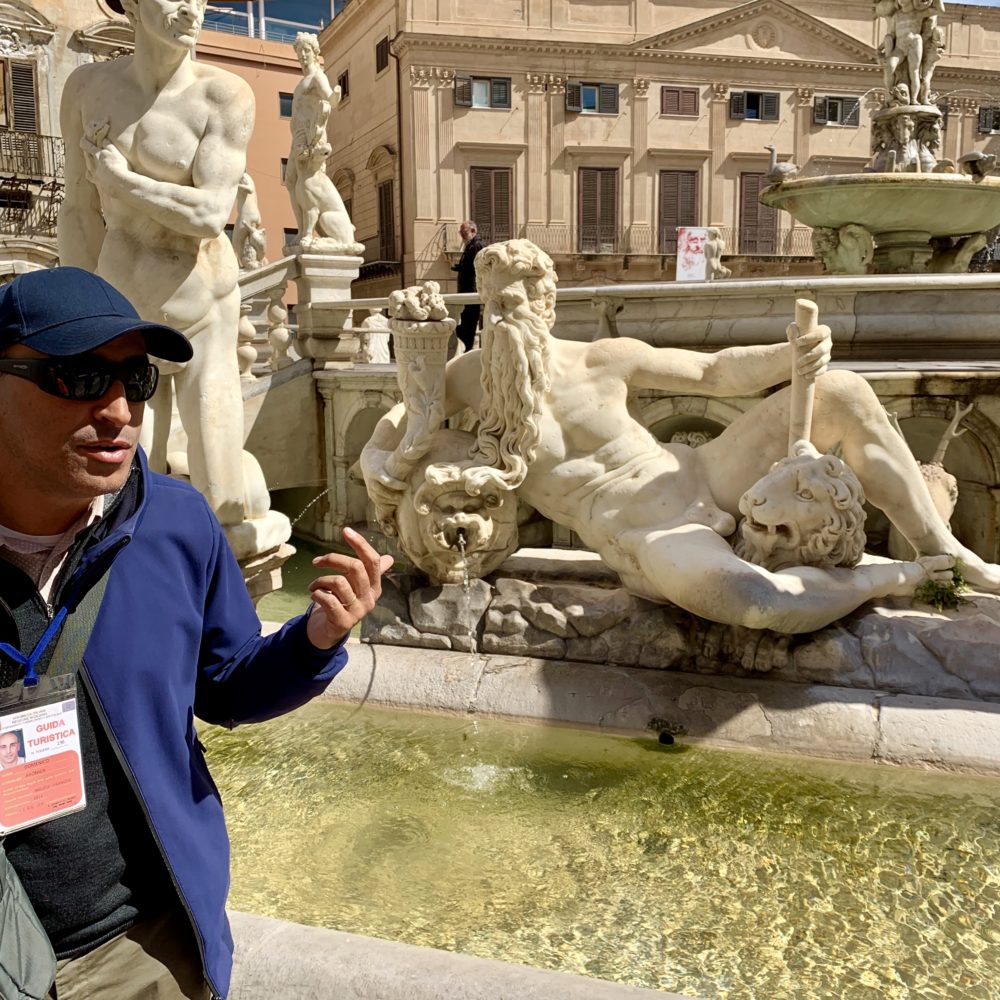
200 Chiese
There are 200 churches in the historic core of Palermo. Some in use. Some not. We did NOT see all but did see a few exceptional examples.
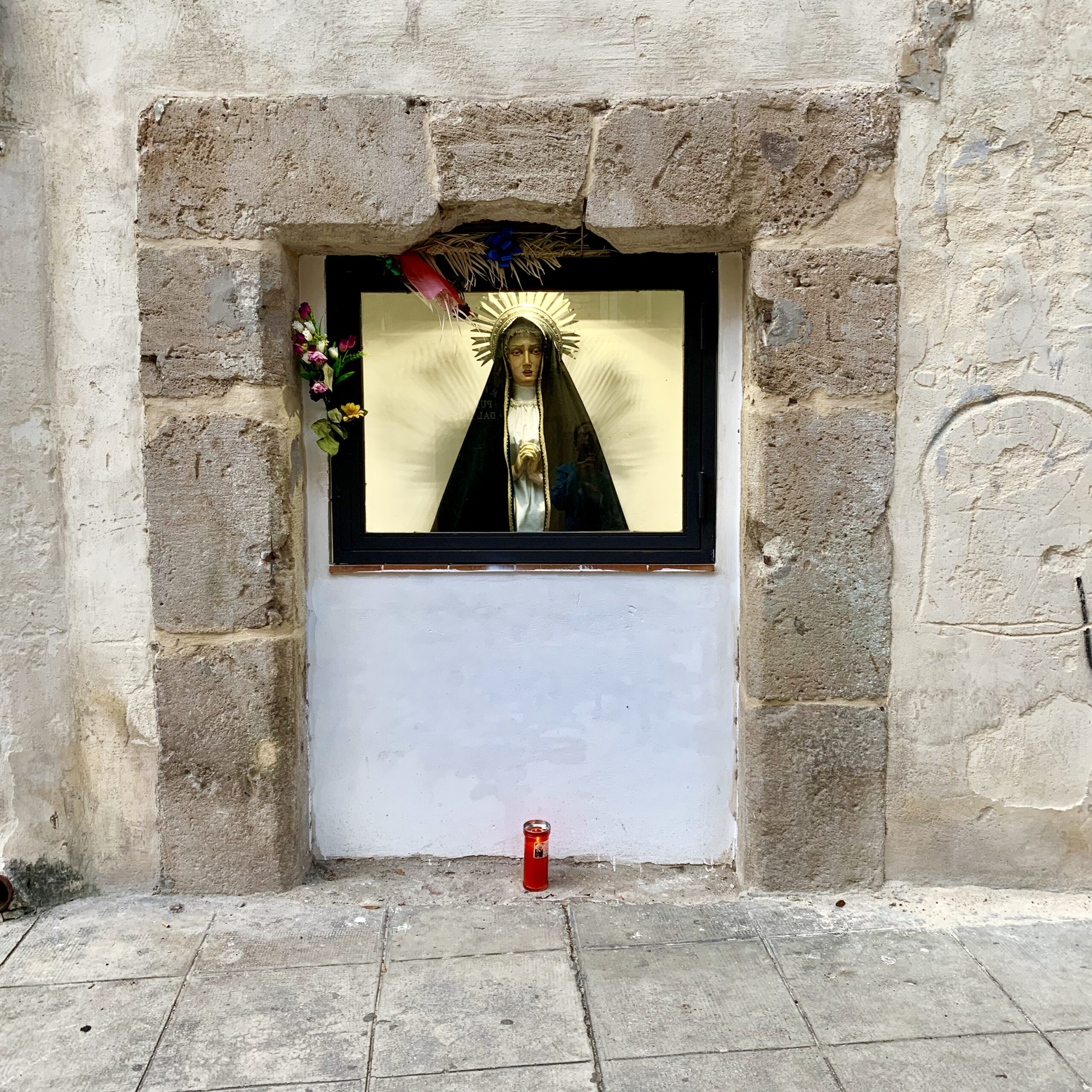
Cattedrale di Palermo
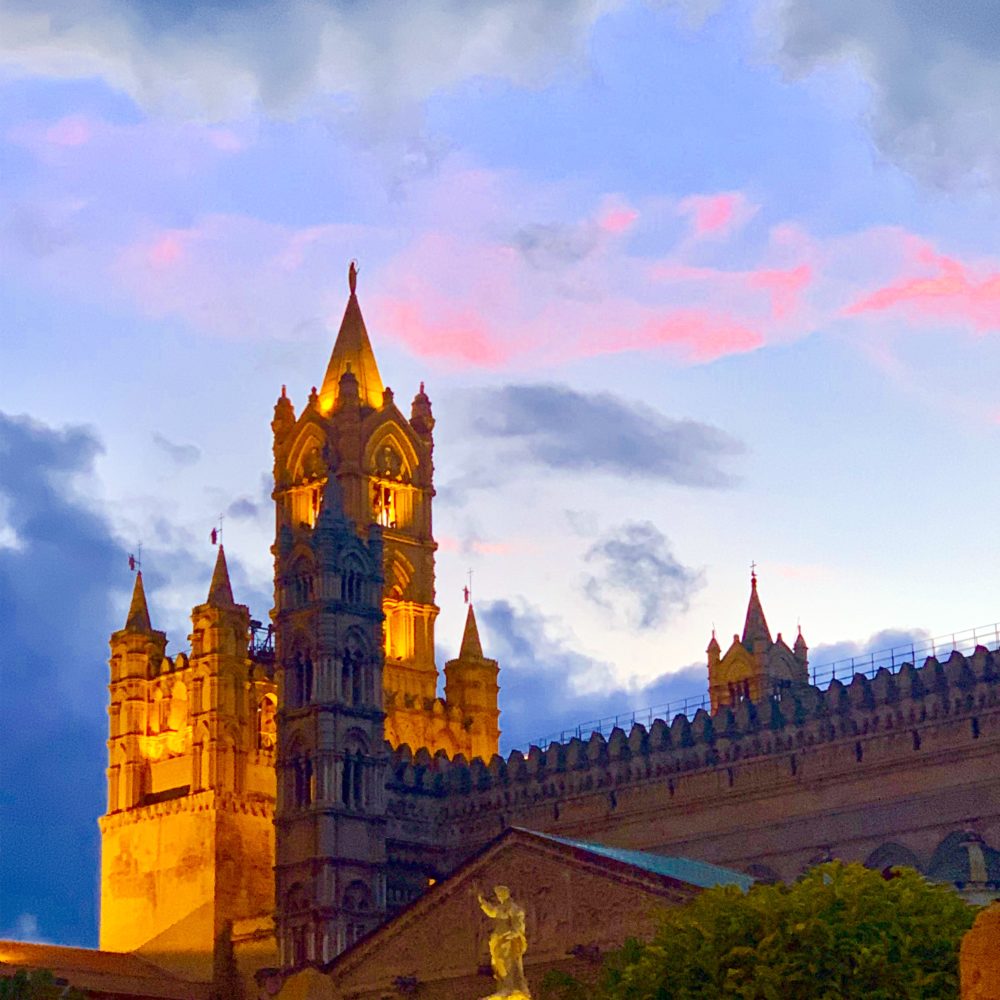
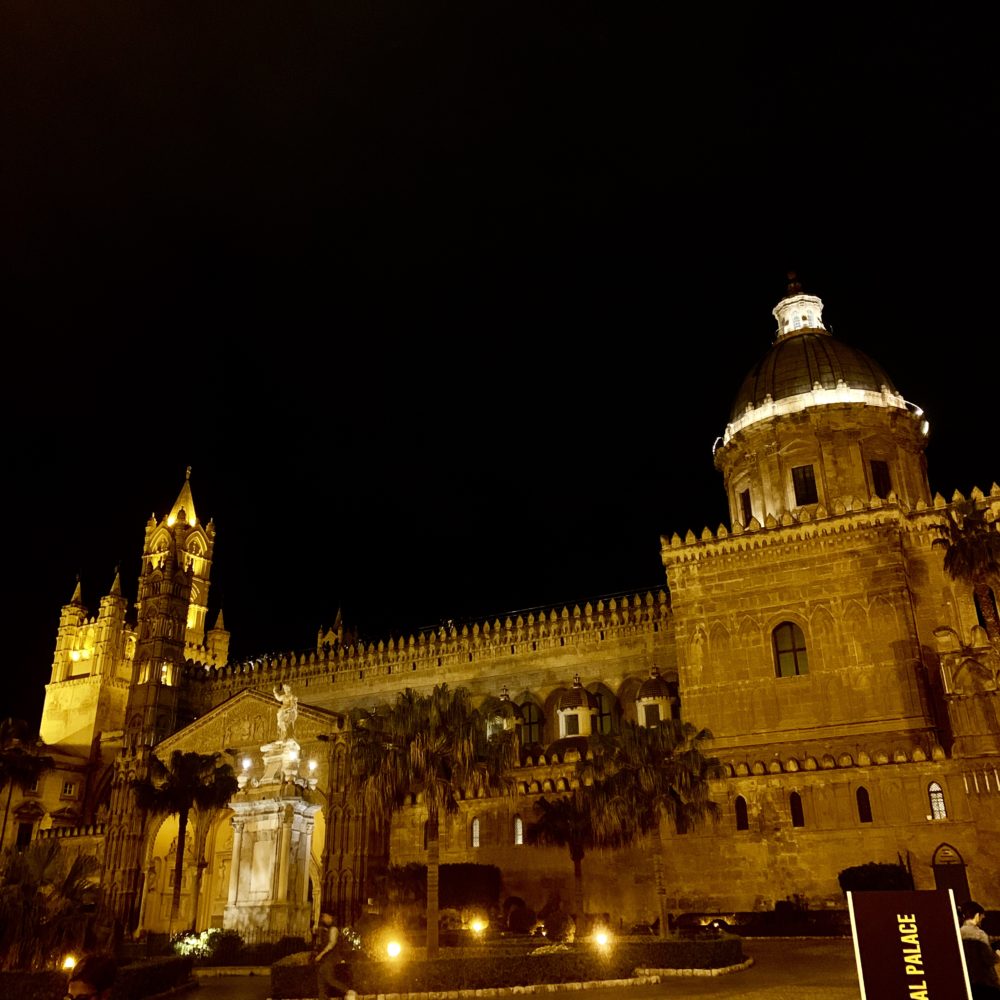
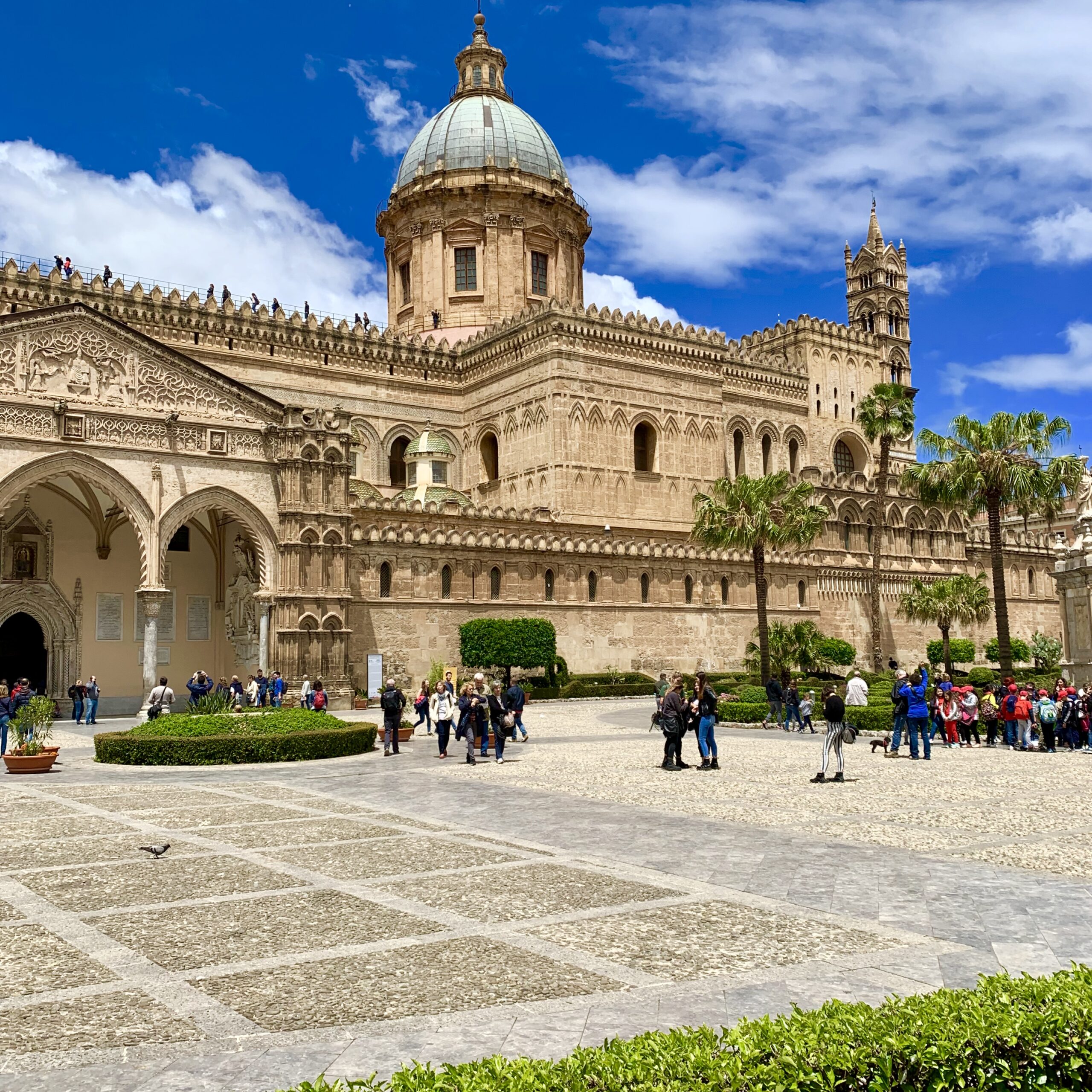
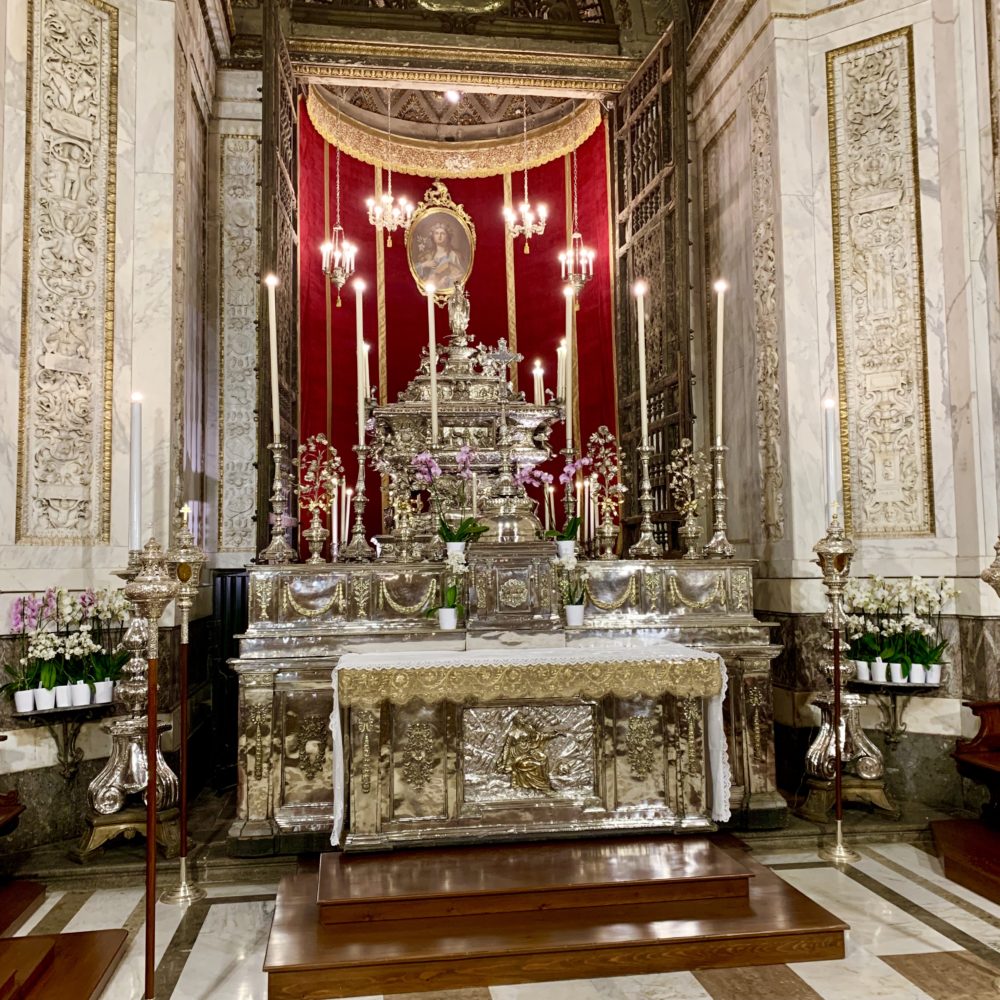
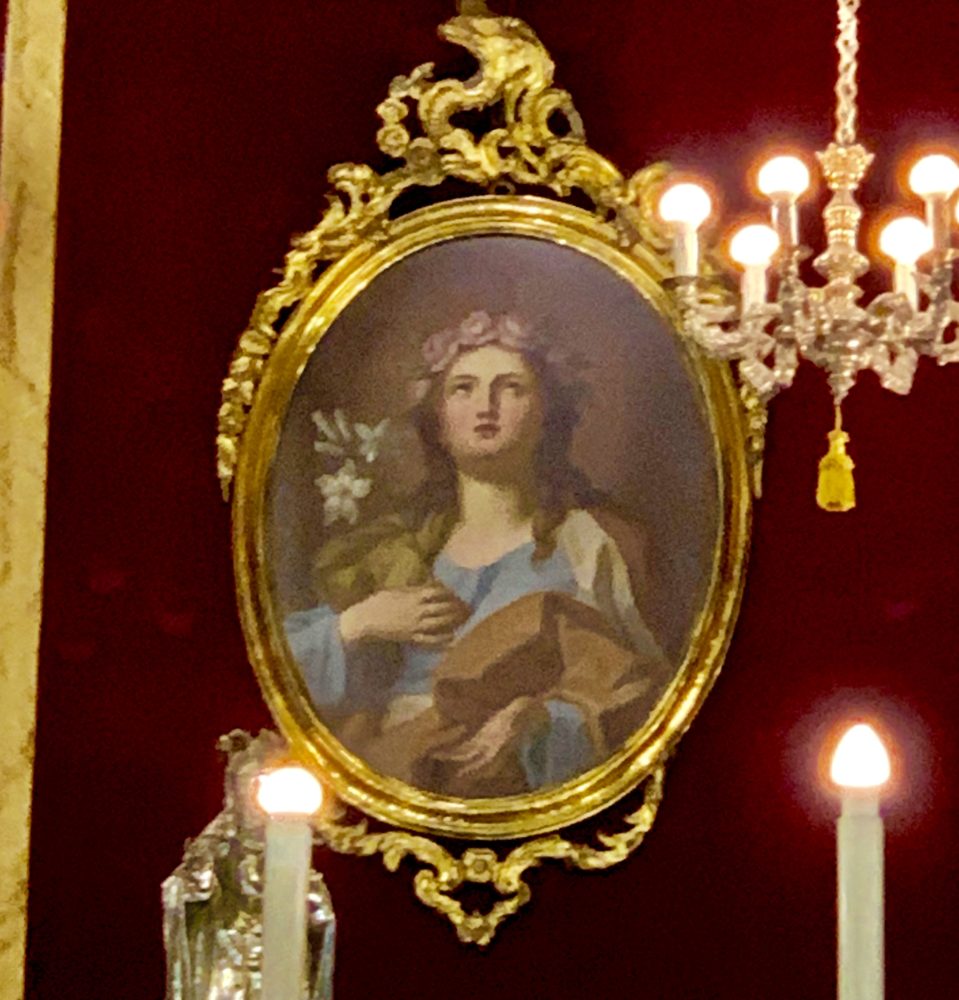
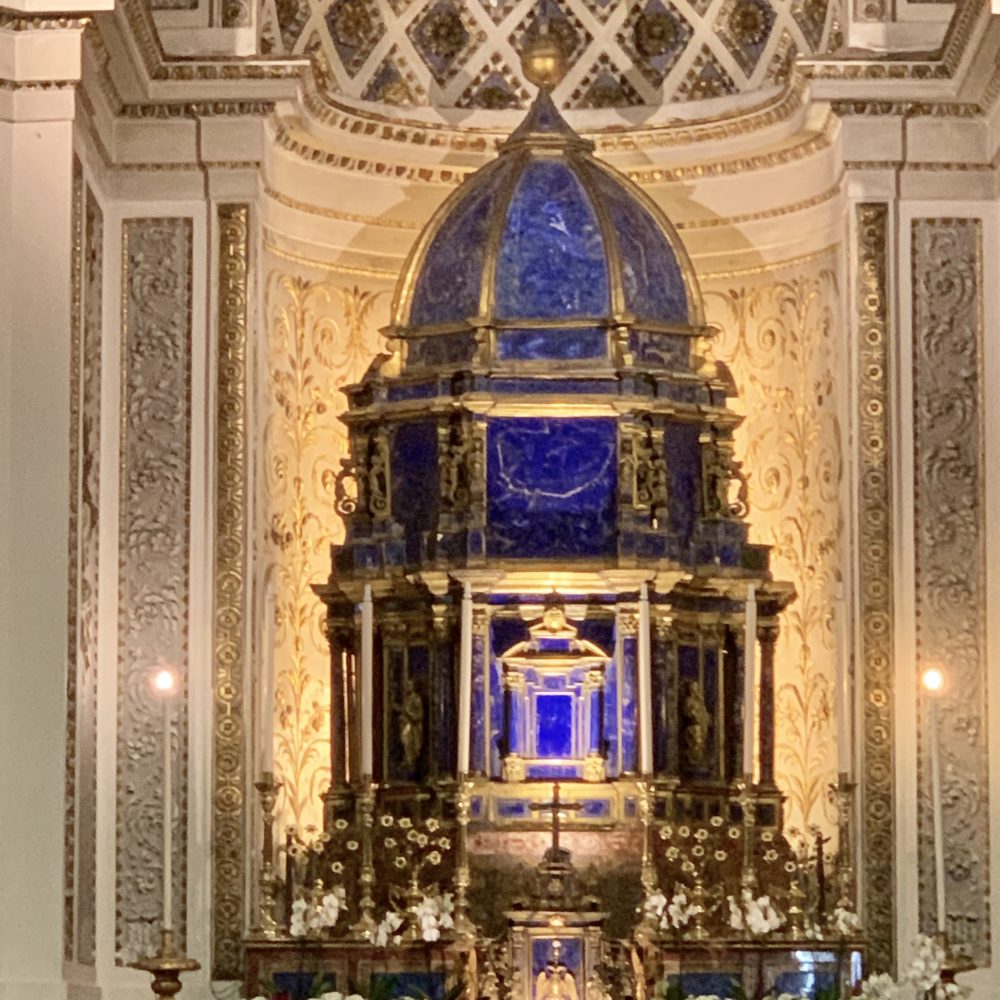
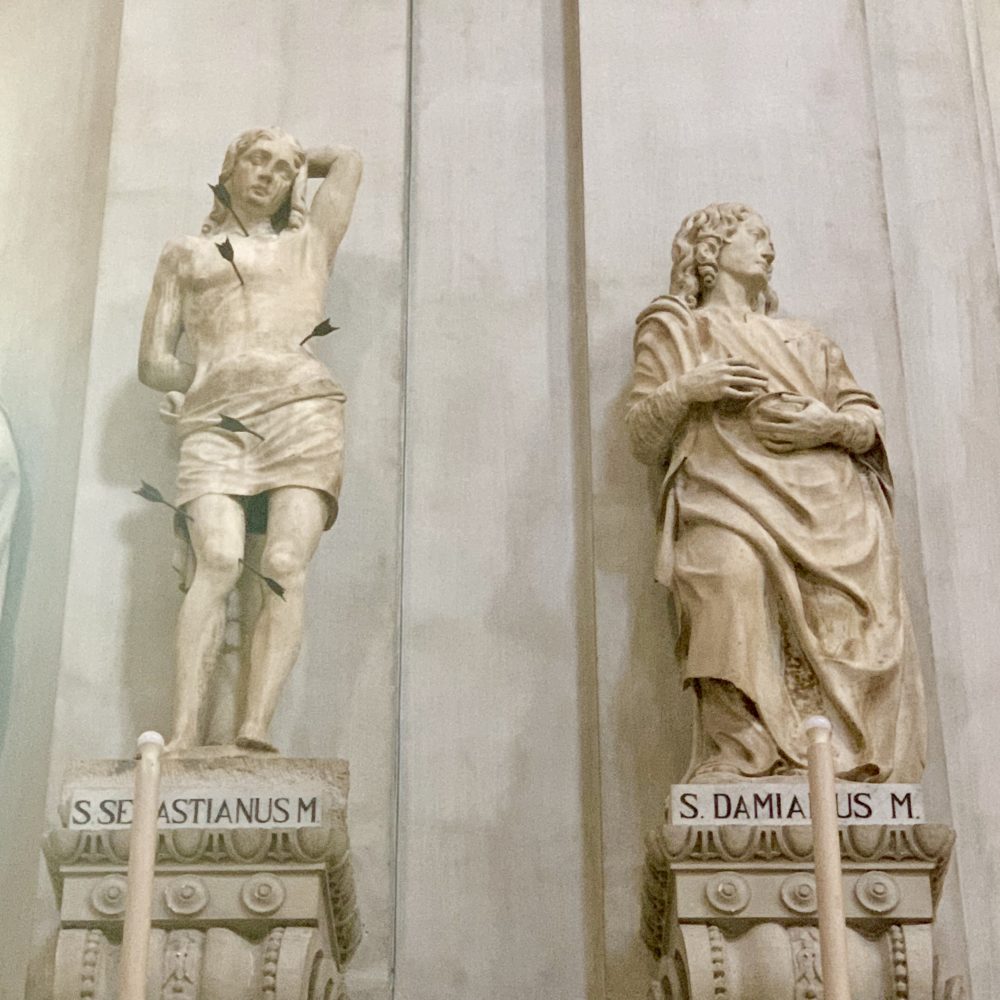
Chiesa Santa Caterina d’Alessandria
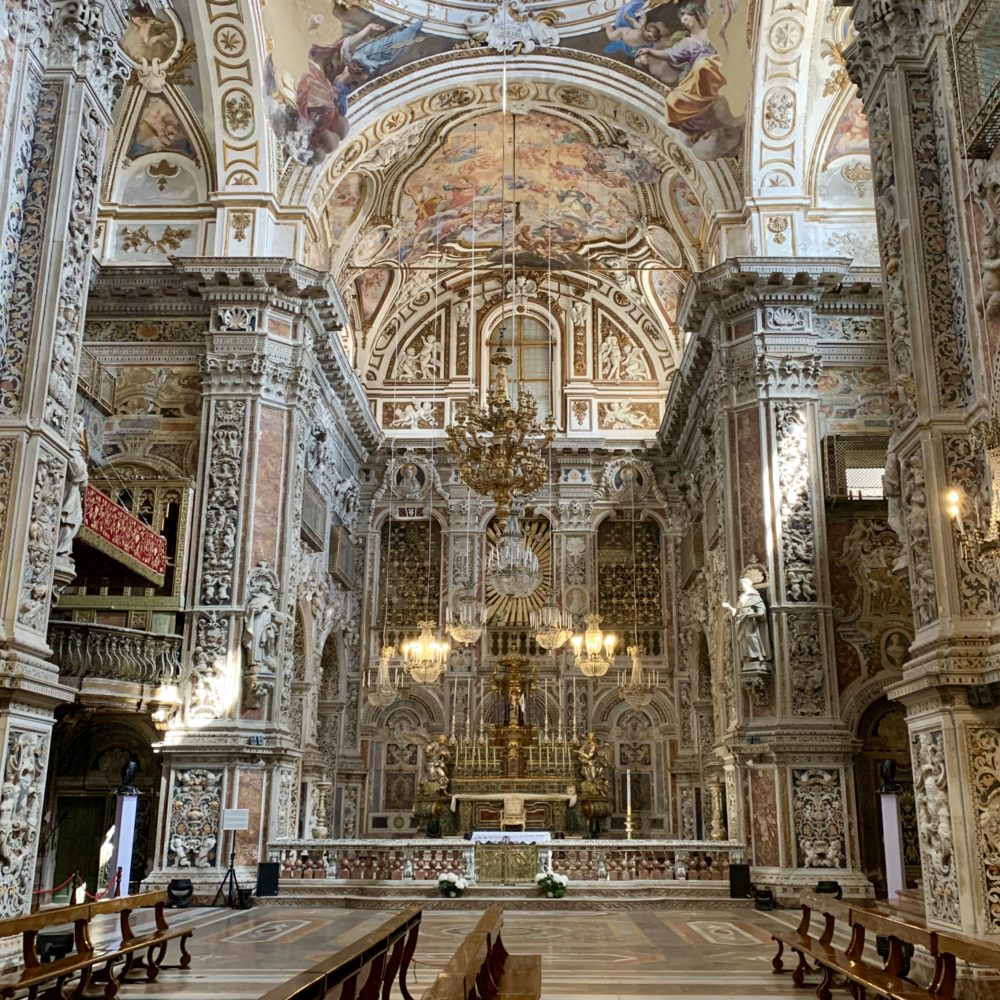
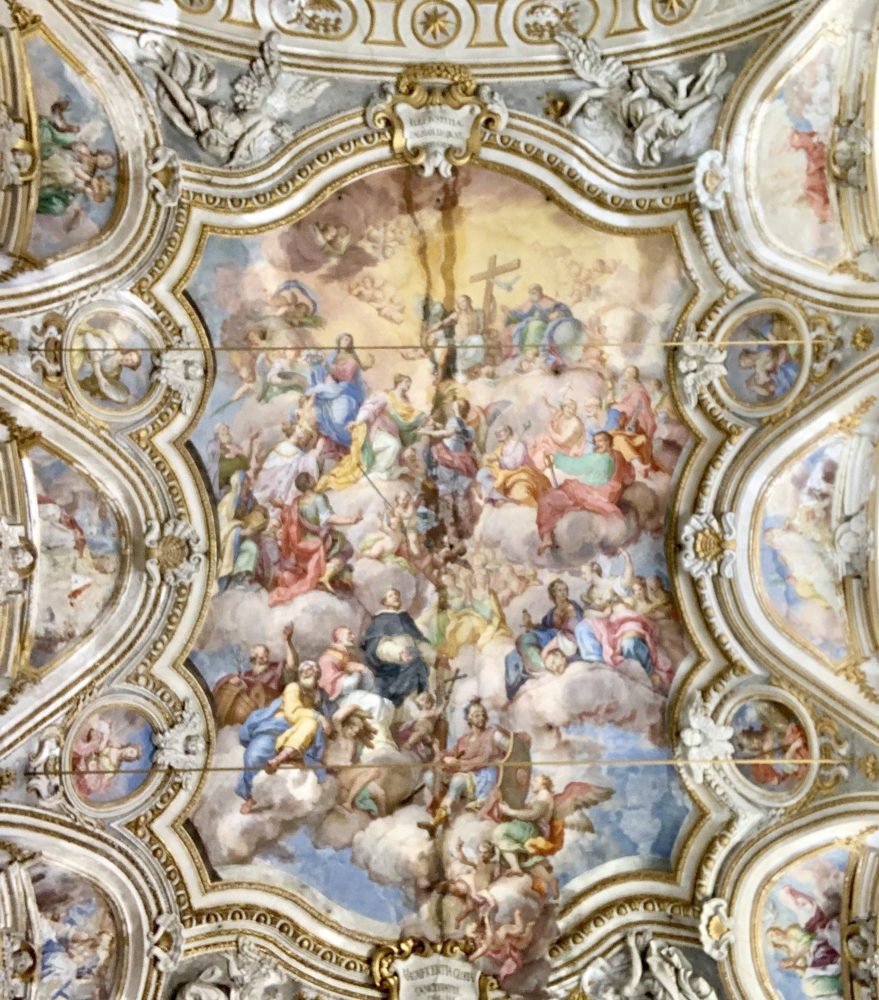
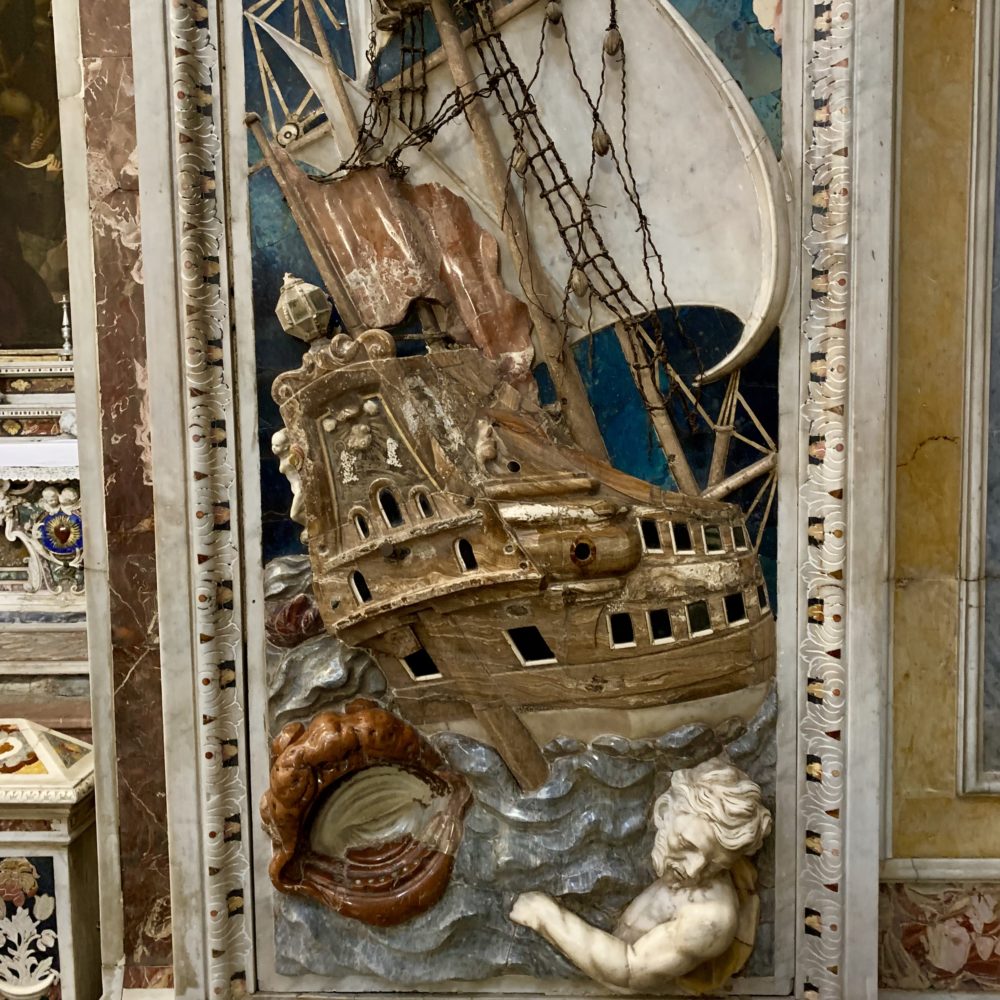
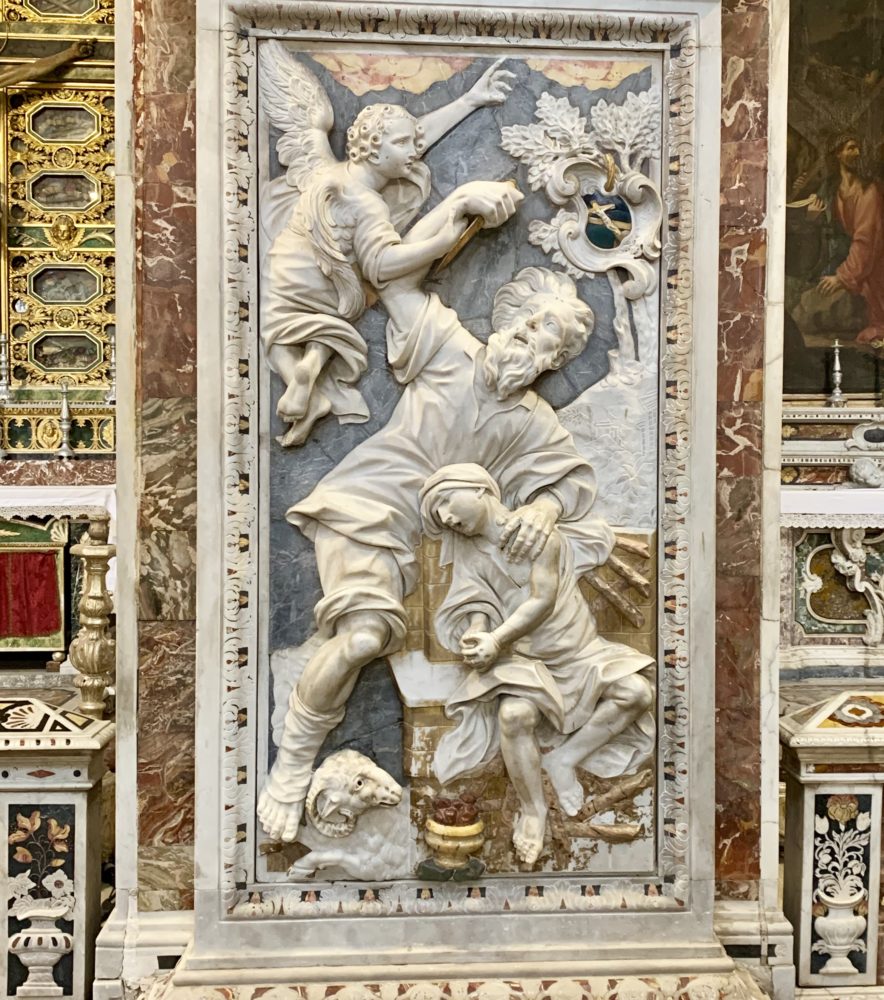
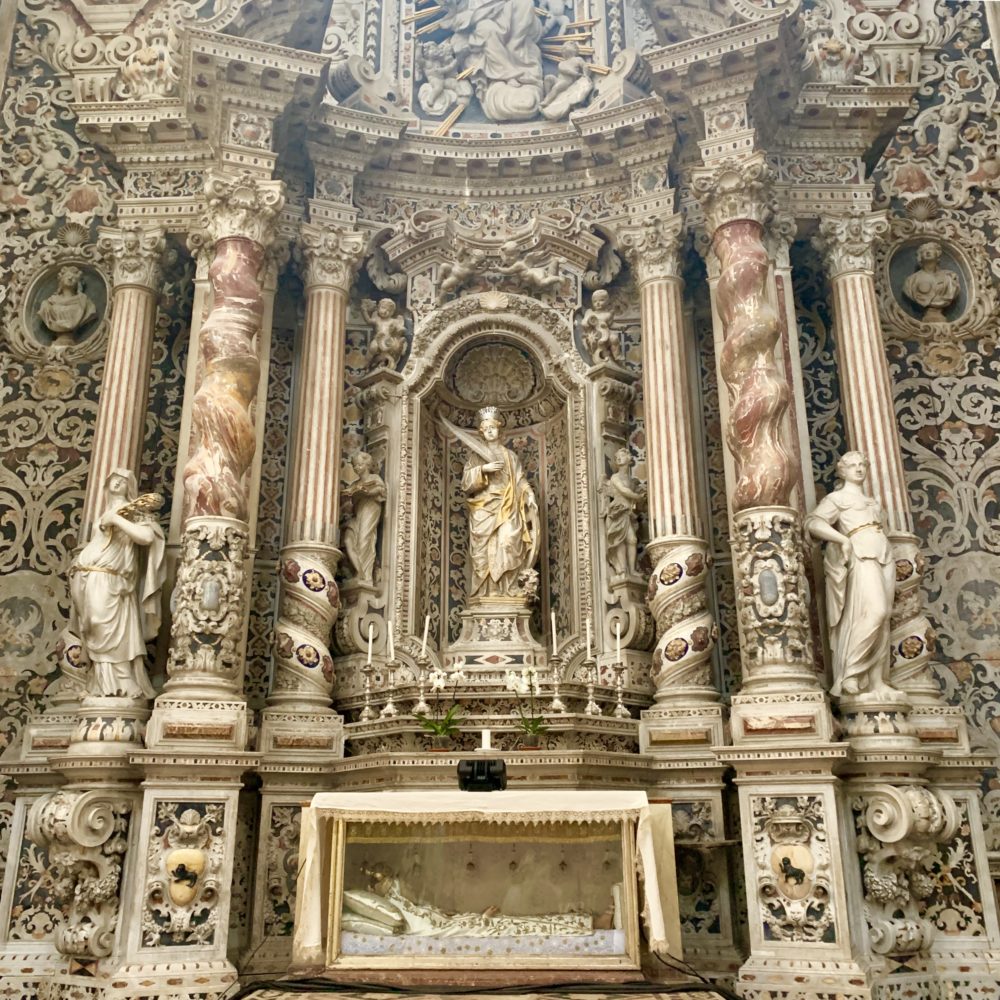
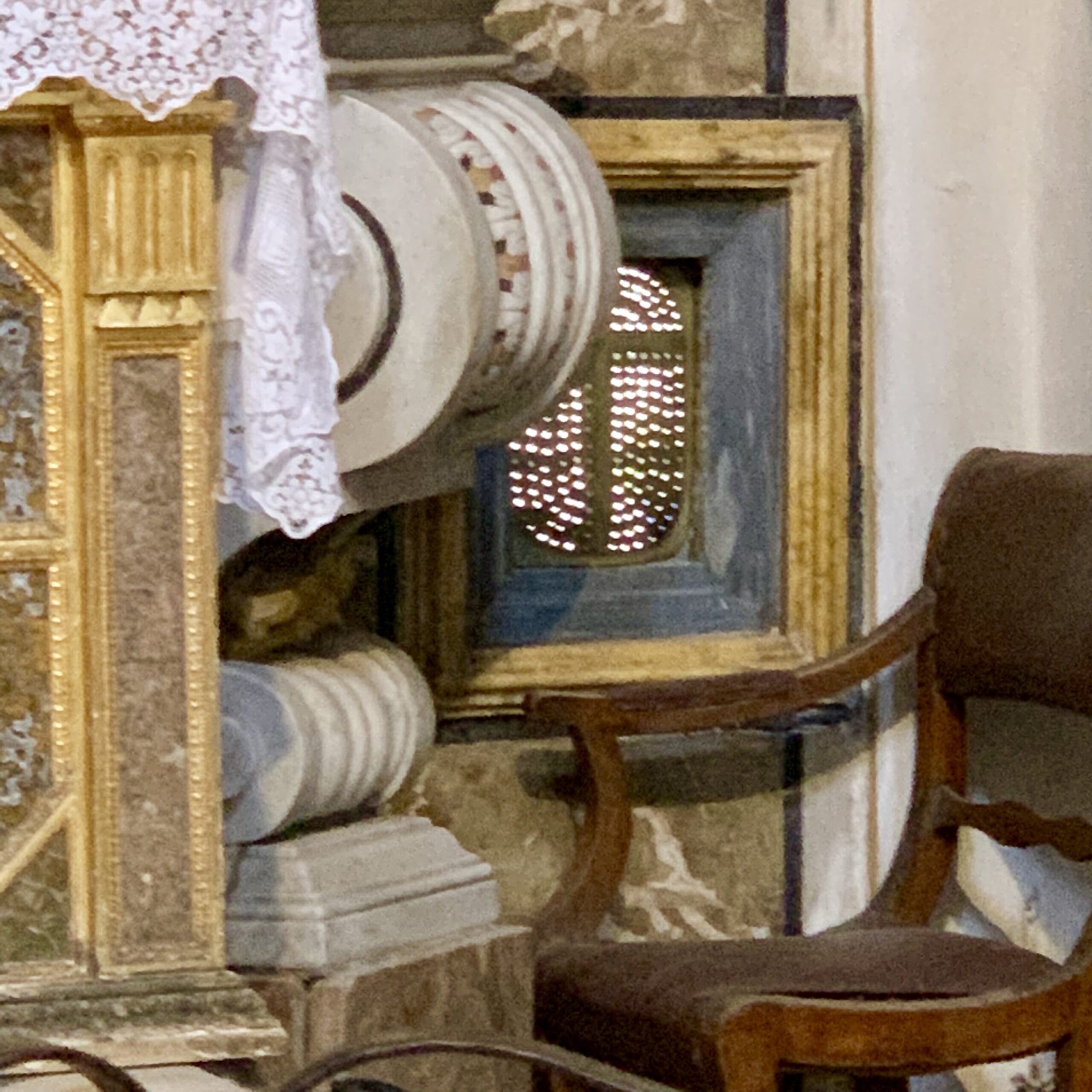

Santa Maria dell’Ammiraglio (La Martorana)
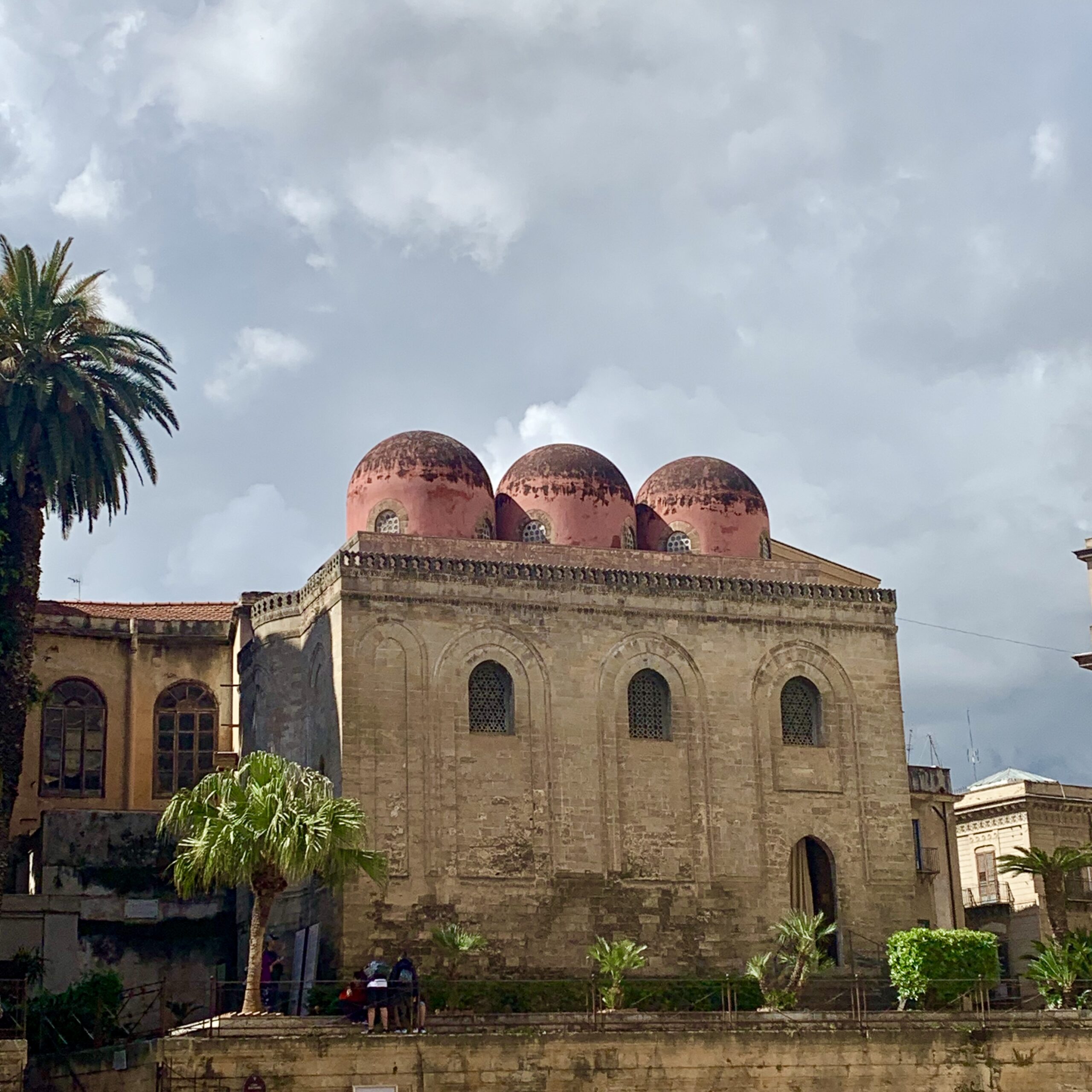
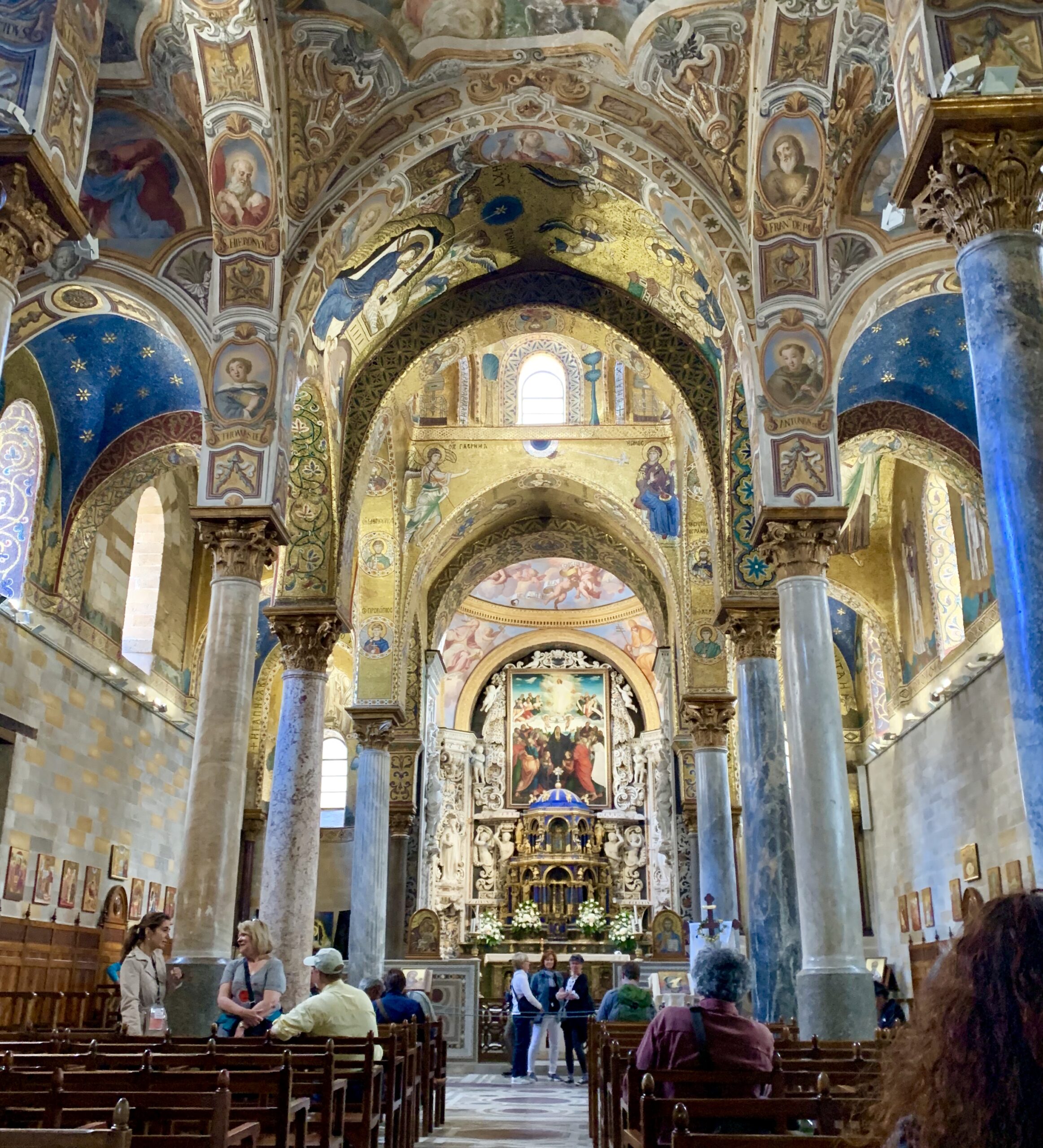
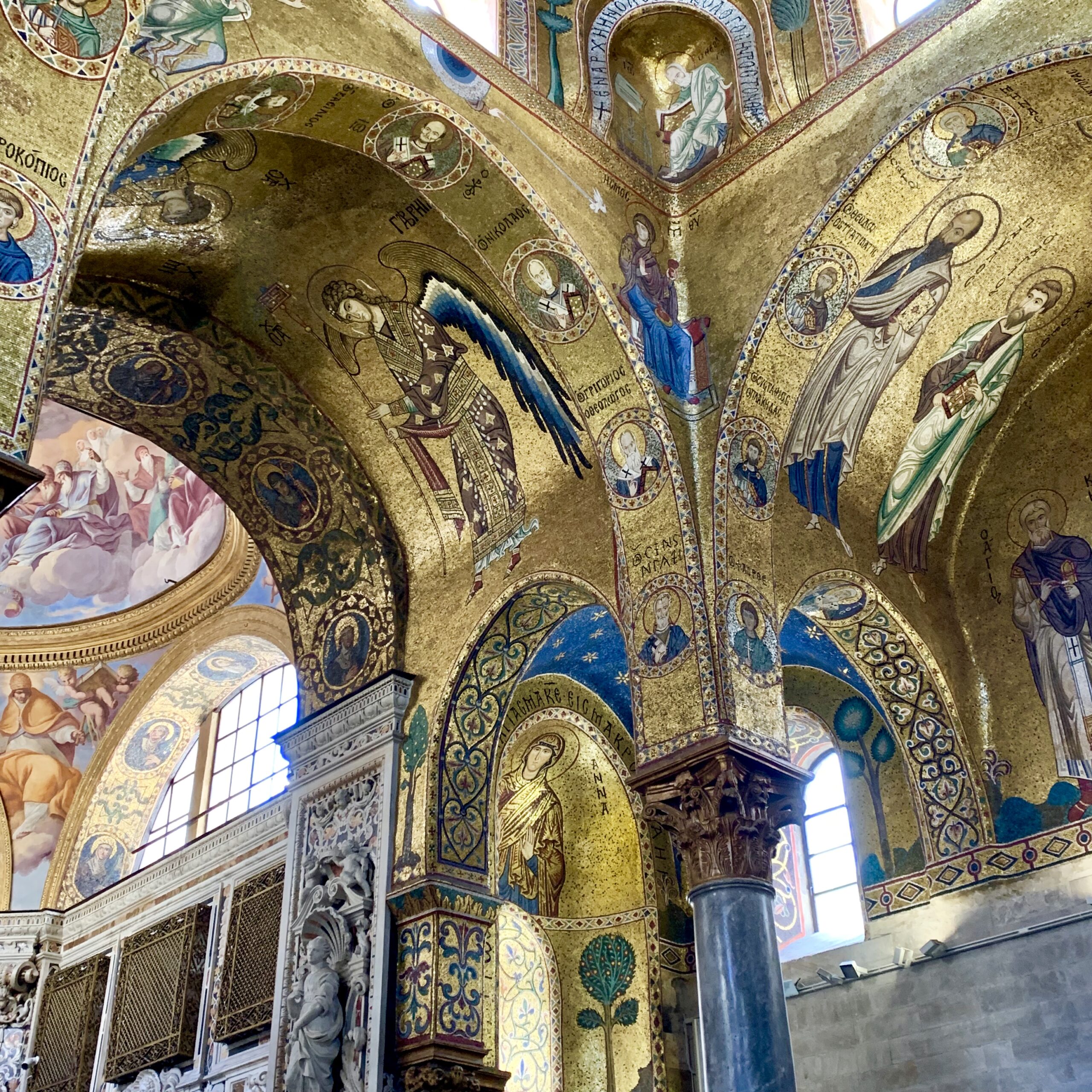
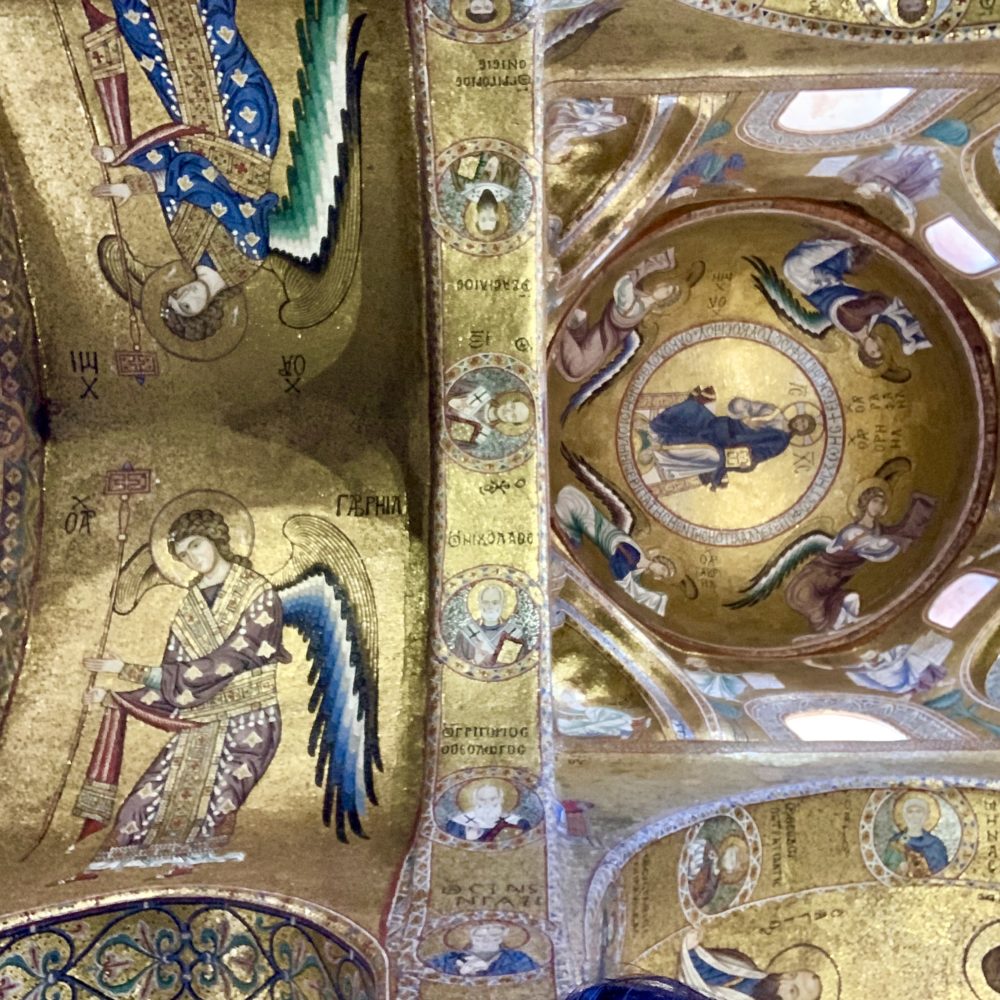
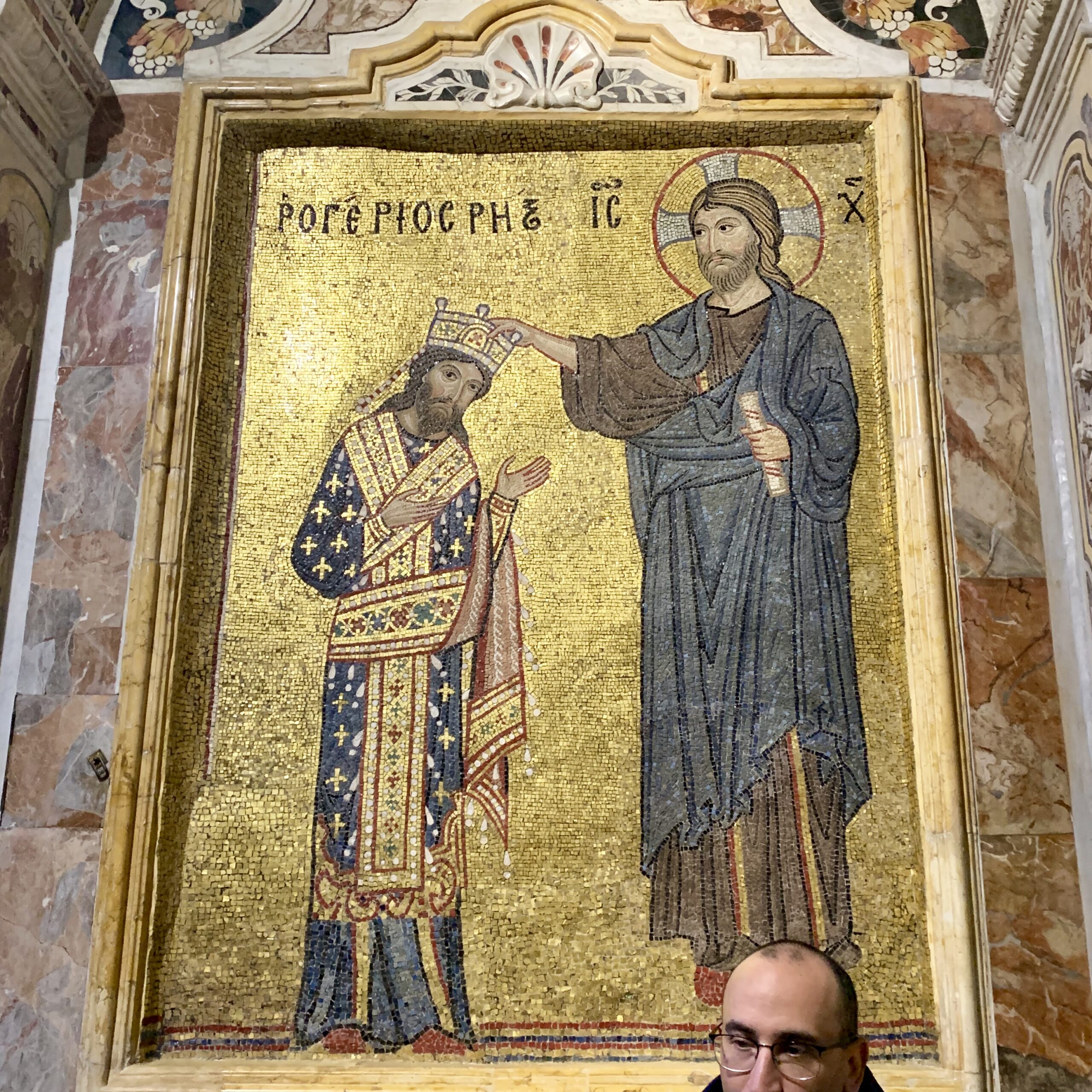
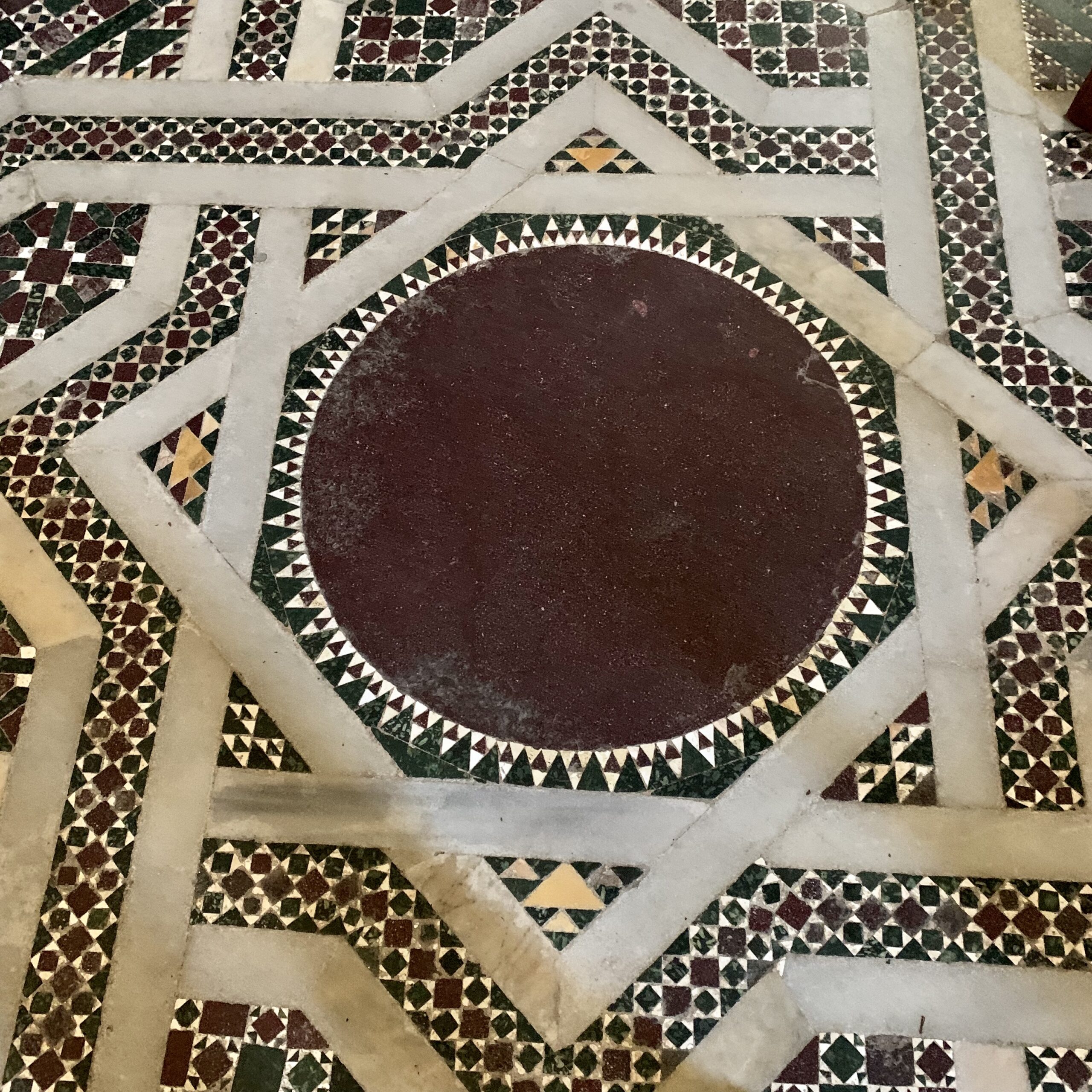
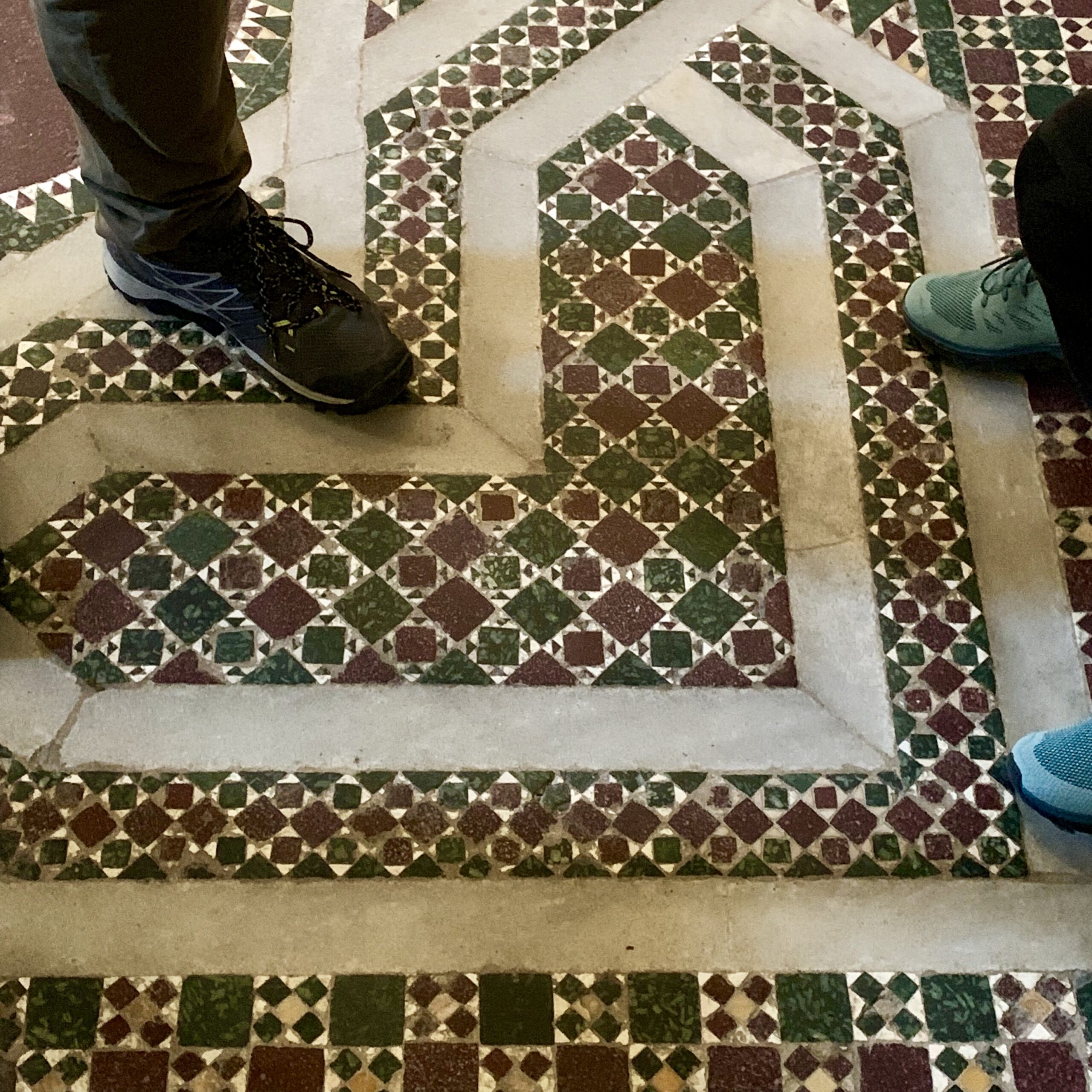
Chiesa di Gesu
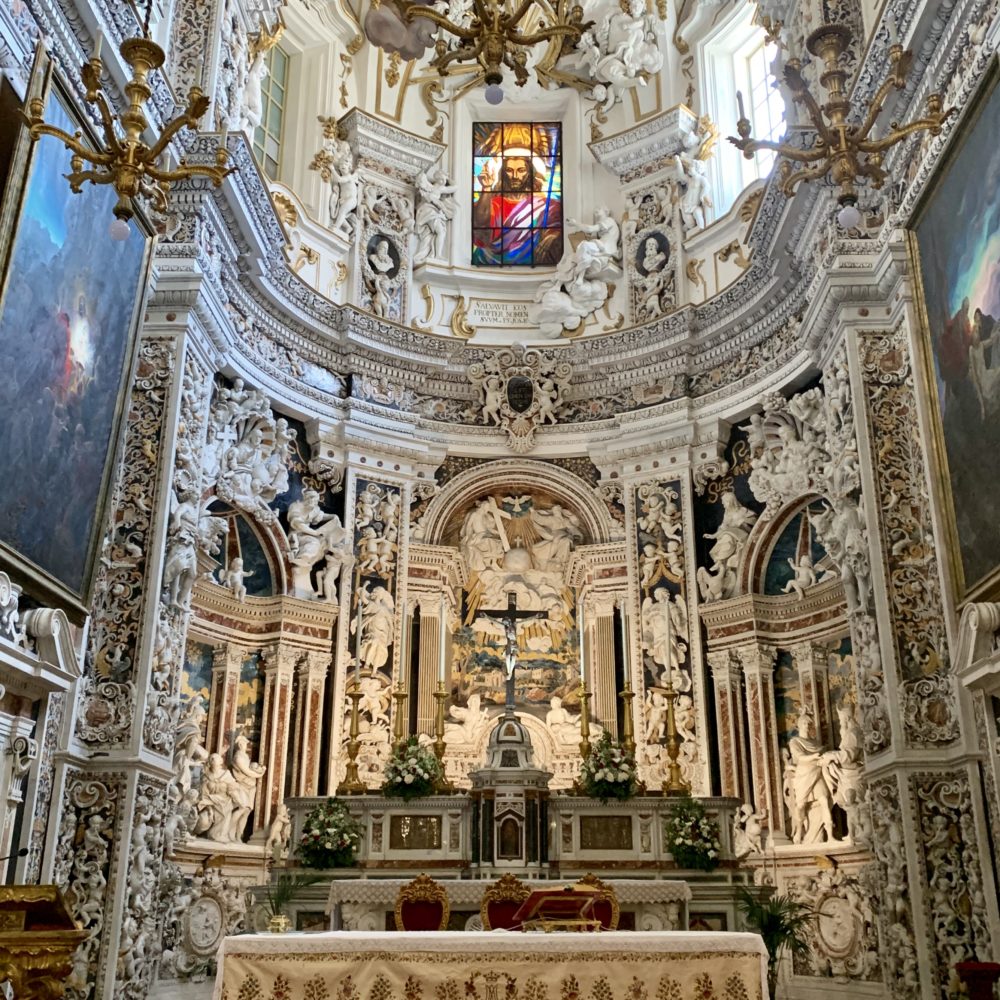
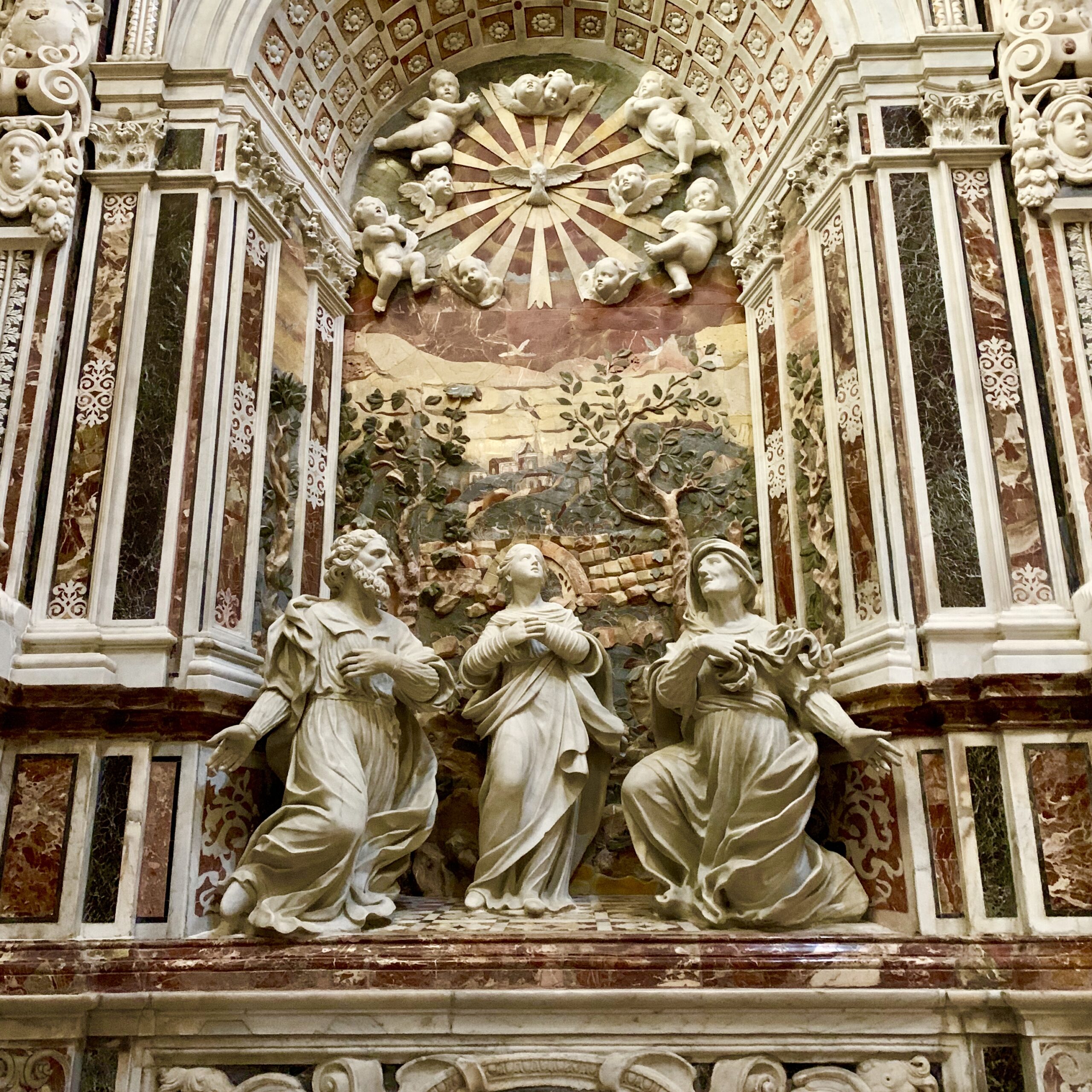
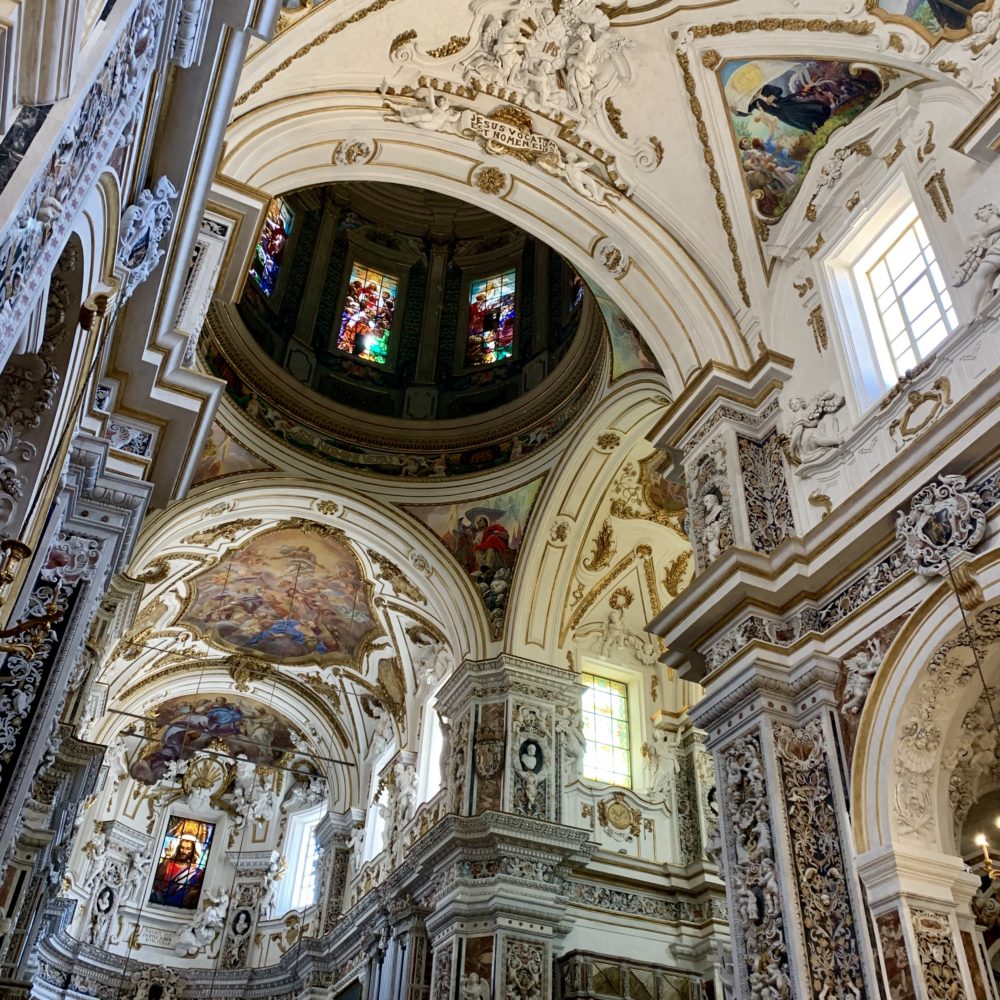
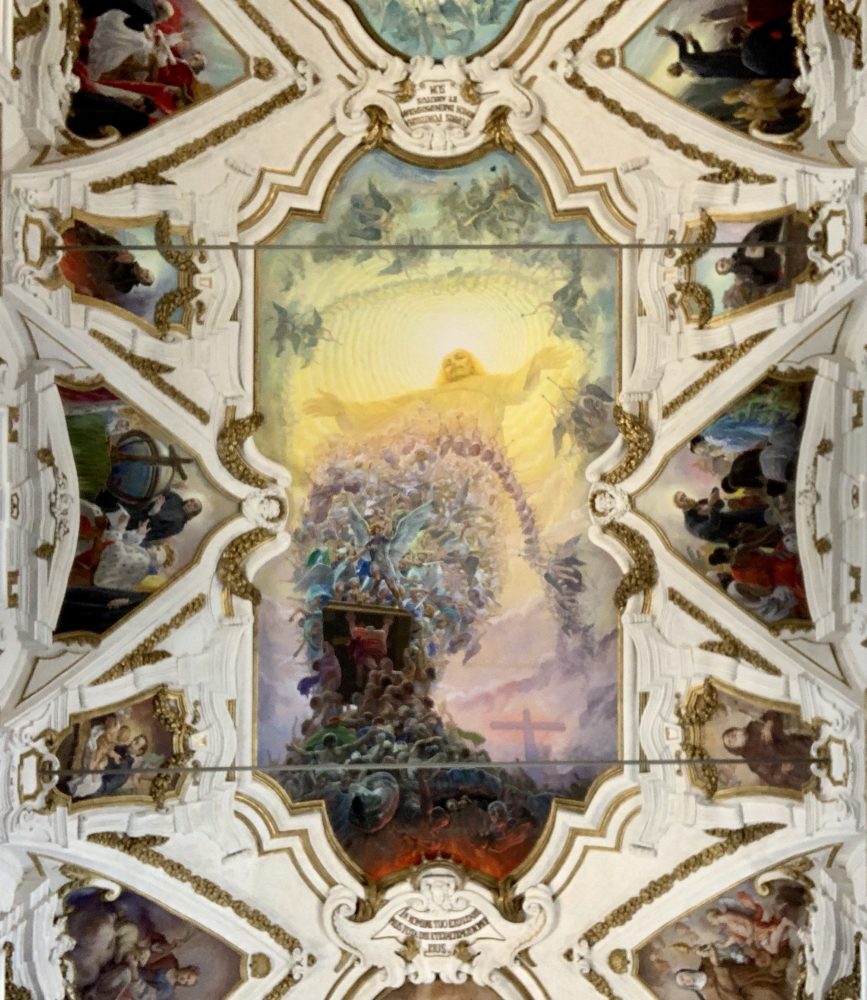
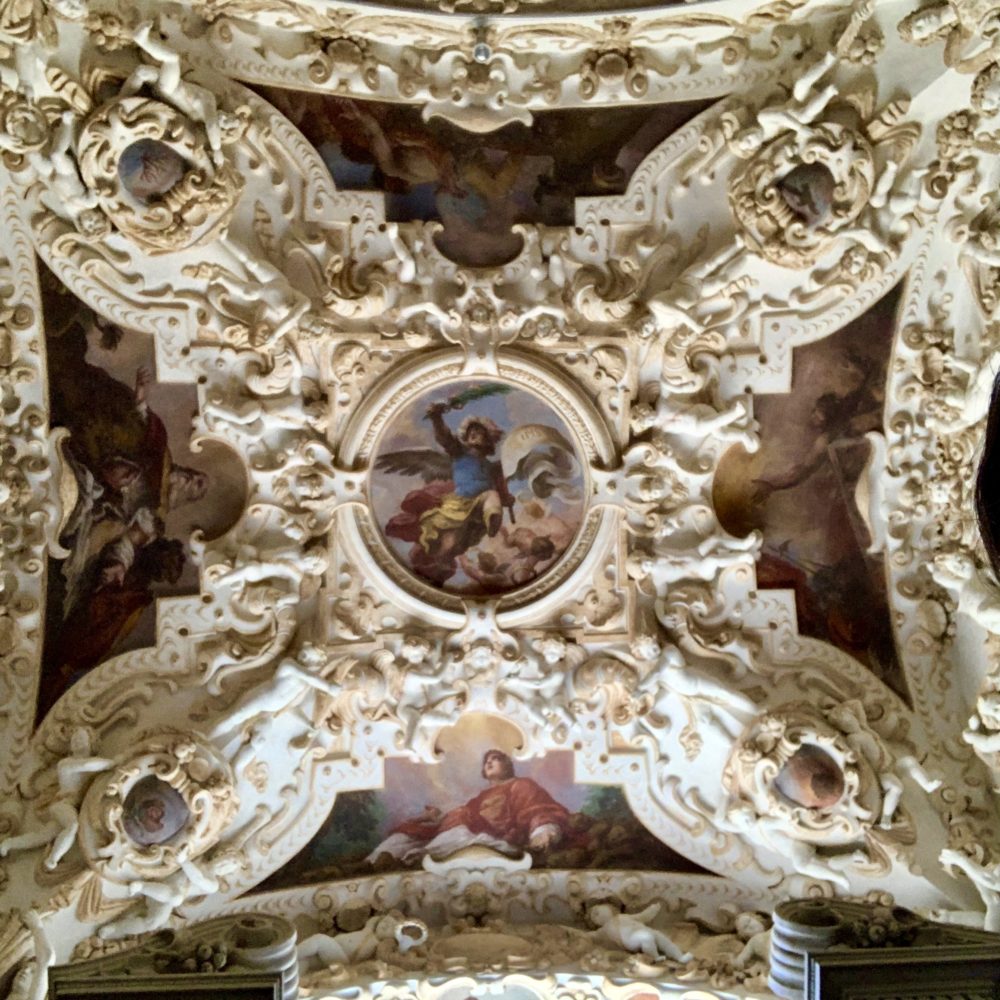
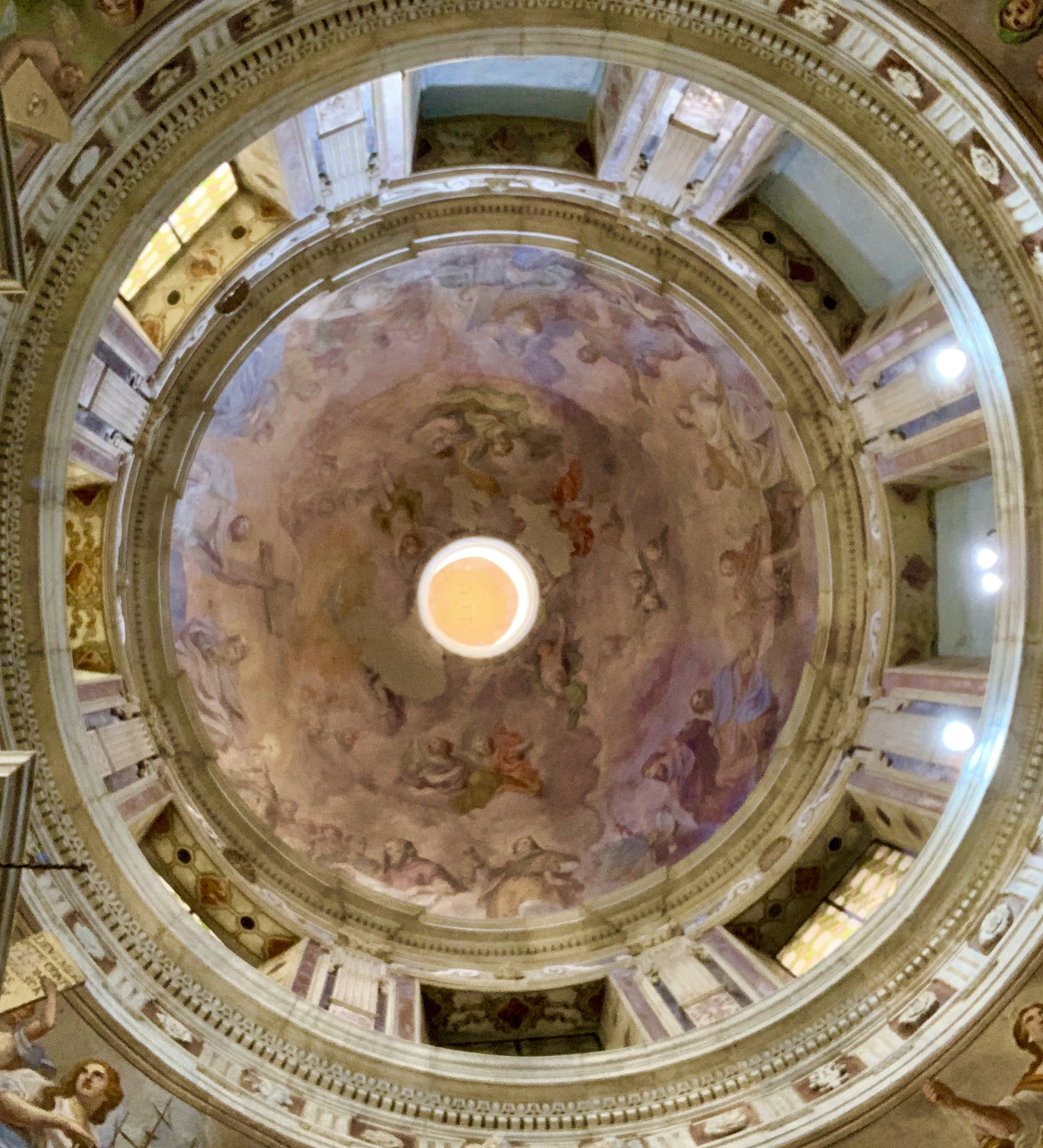
Cattedrale di Monreale
We took a 30-minute bus ride to Monreale to view an exquisite example of Norman architecture that blends Muslim and Christian craftsmanship and artistry.
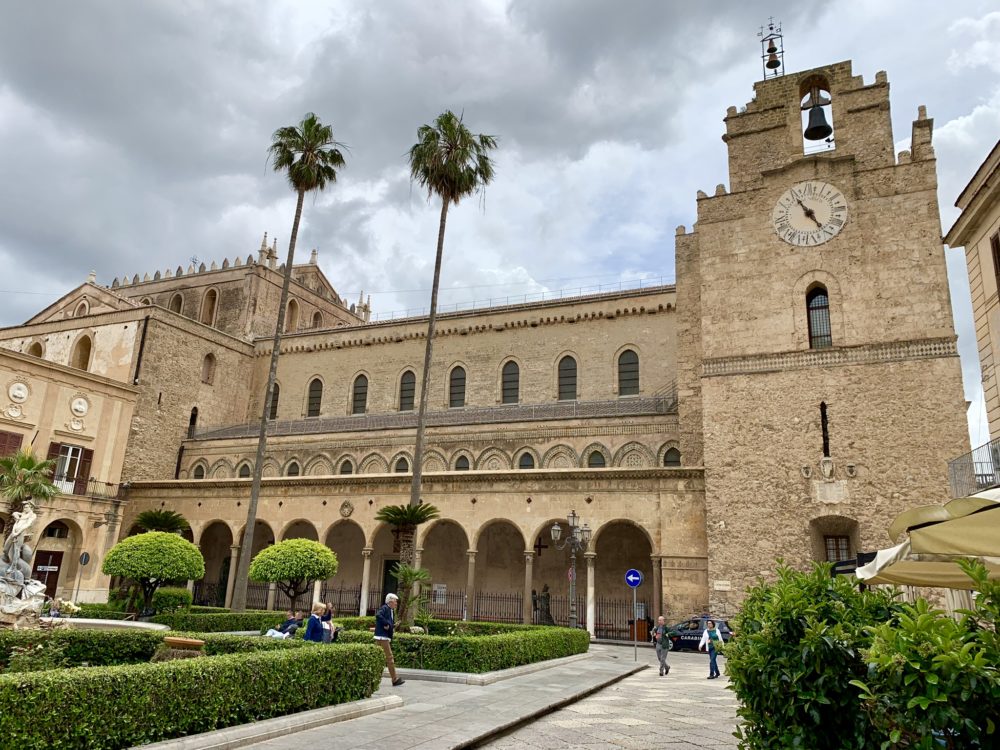
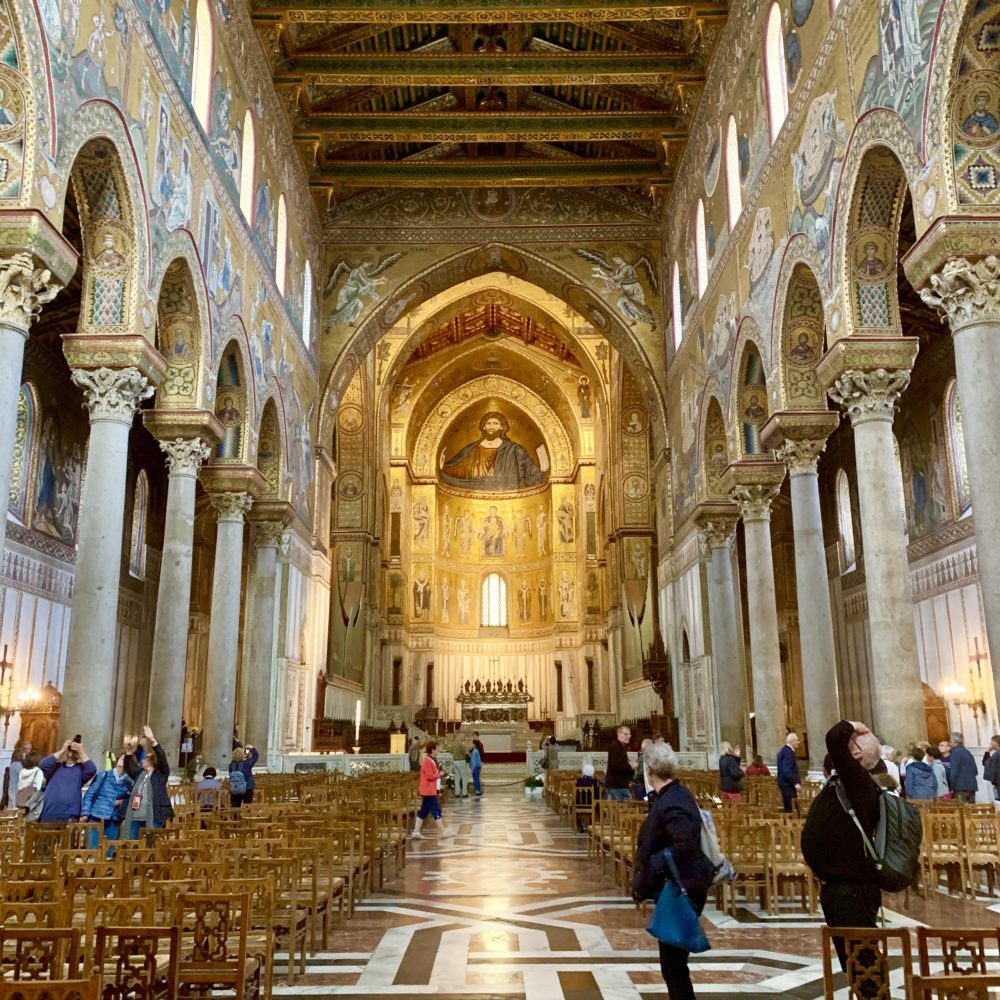
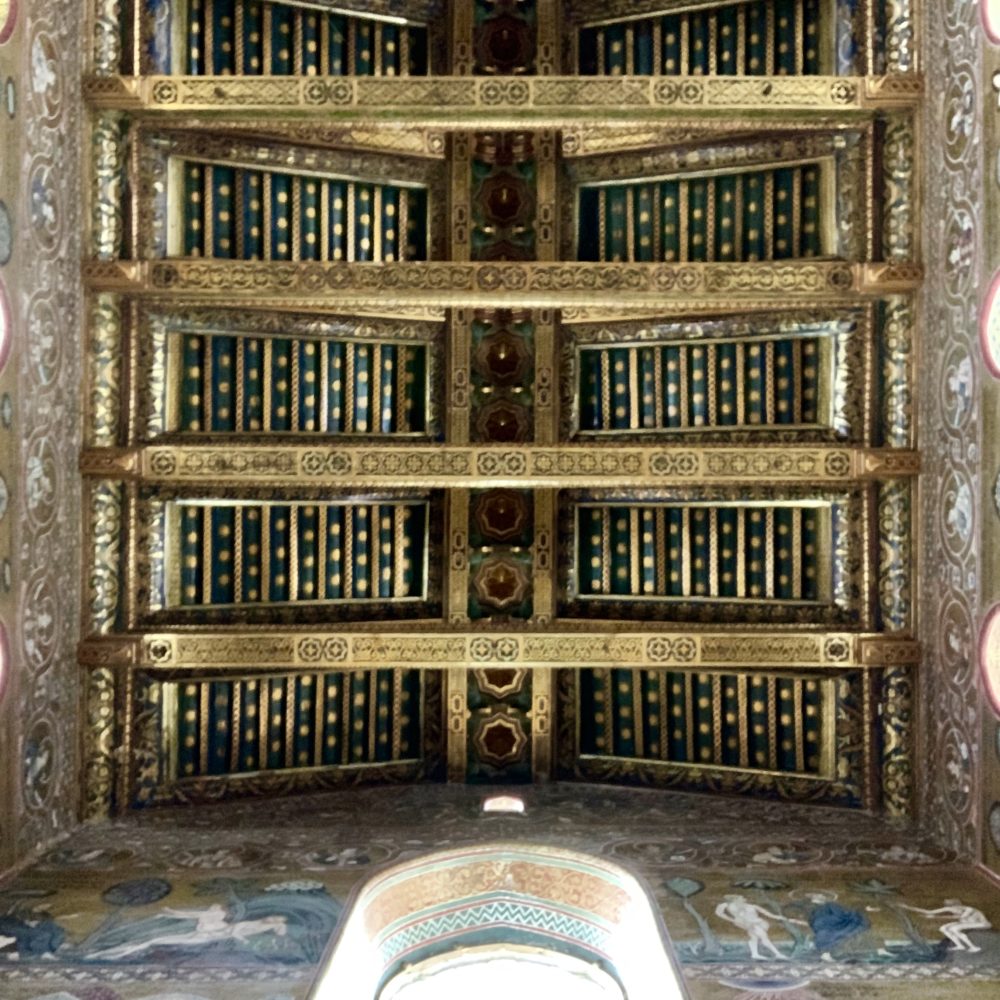
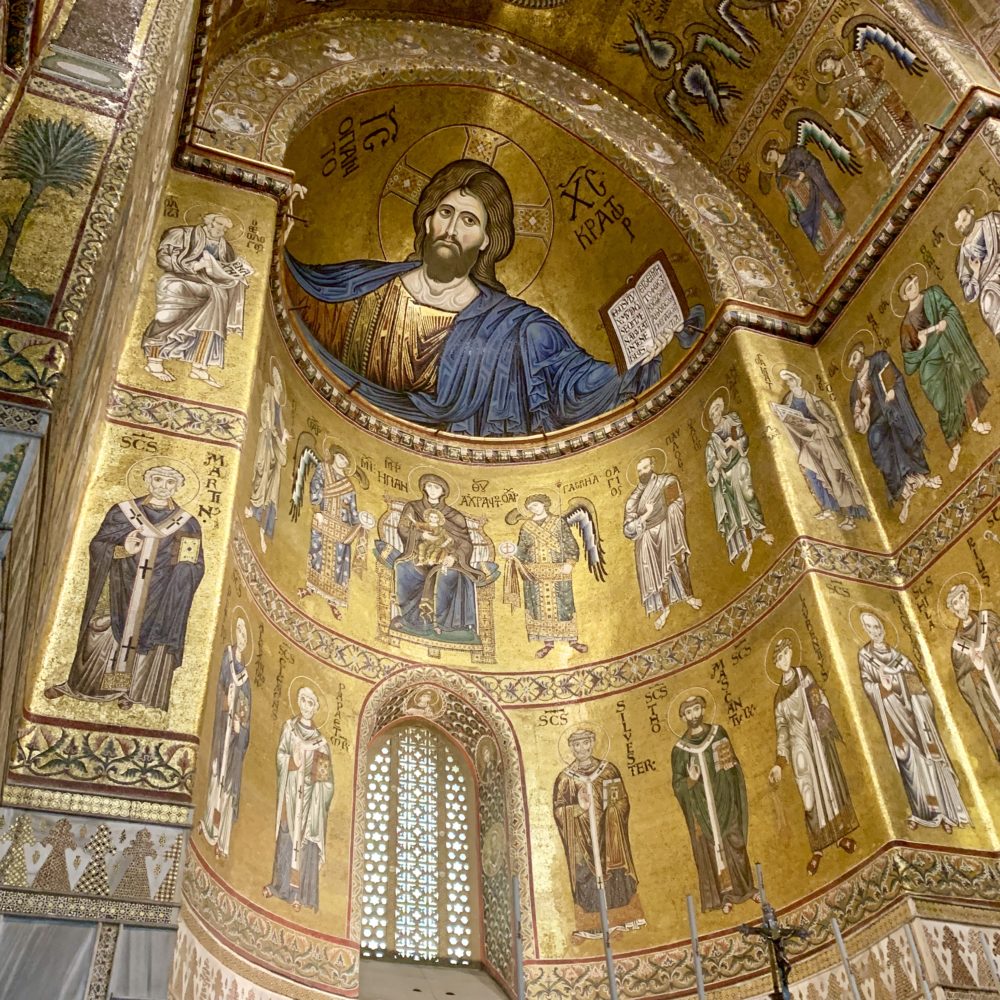
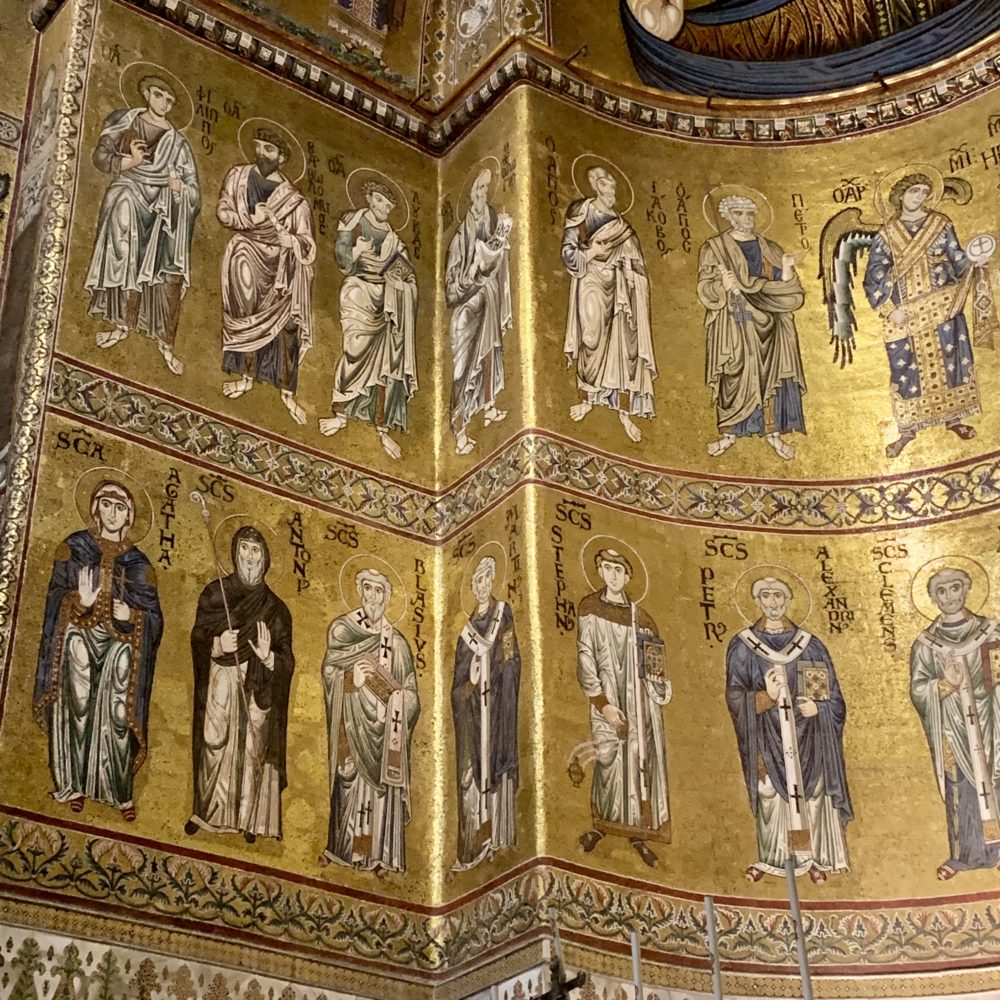
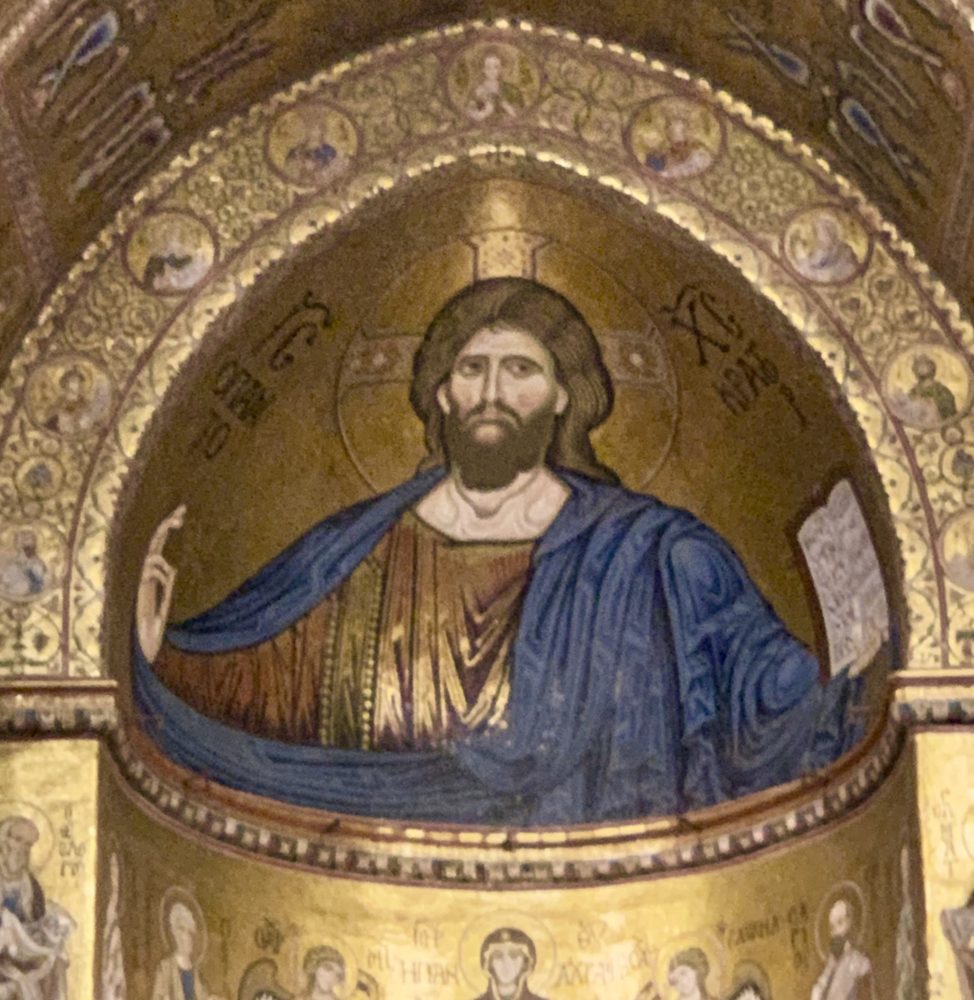
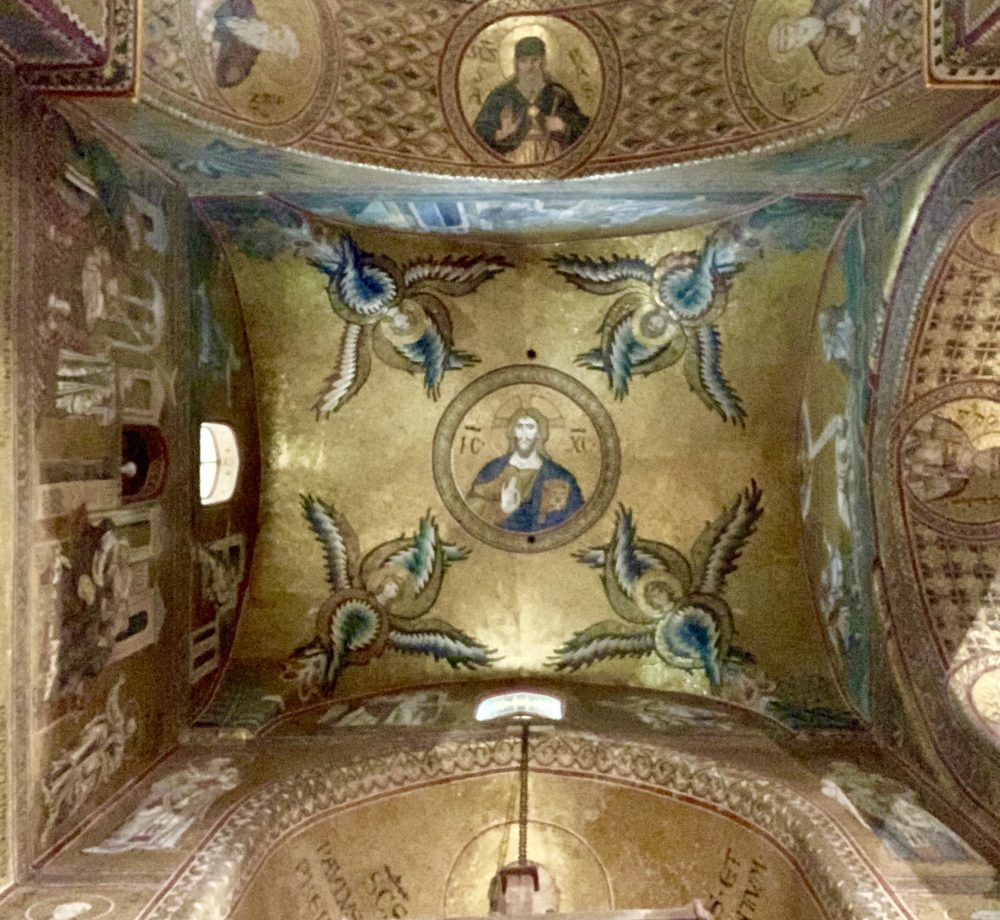
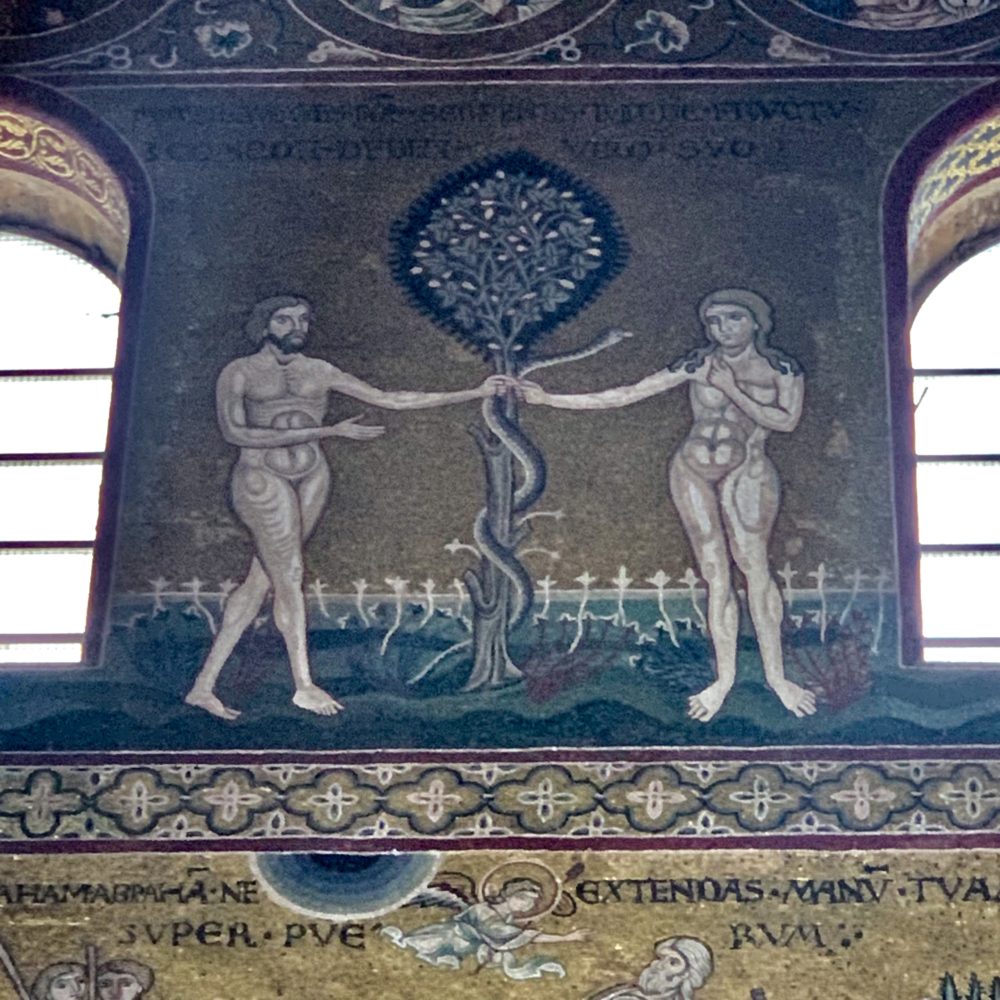
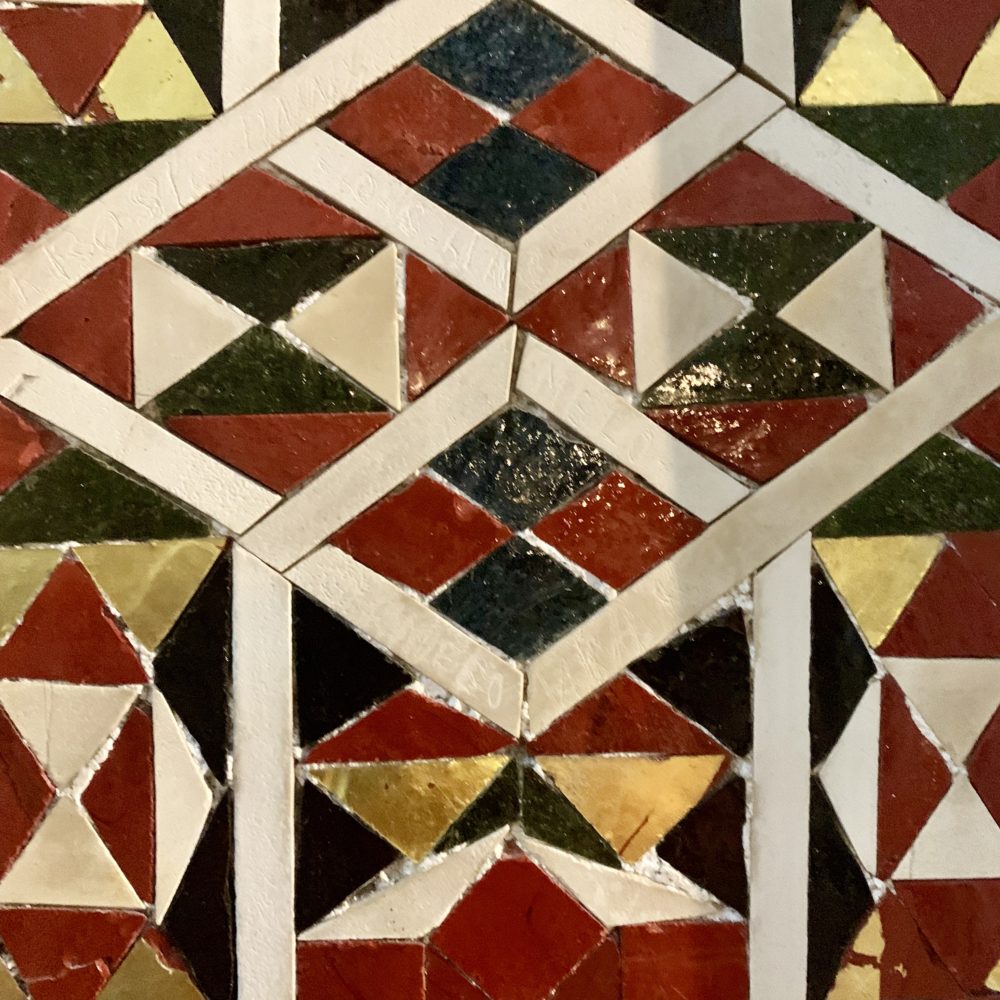
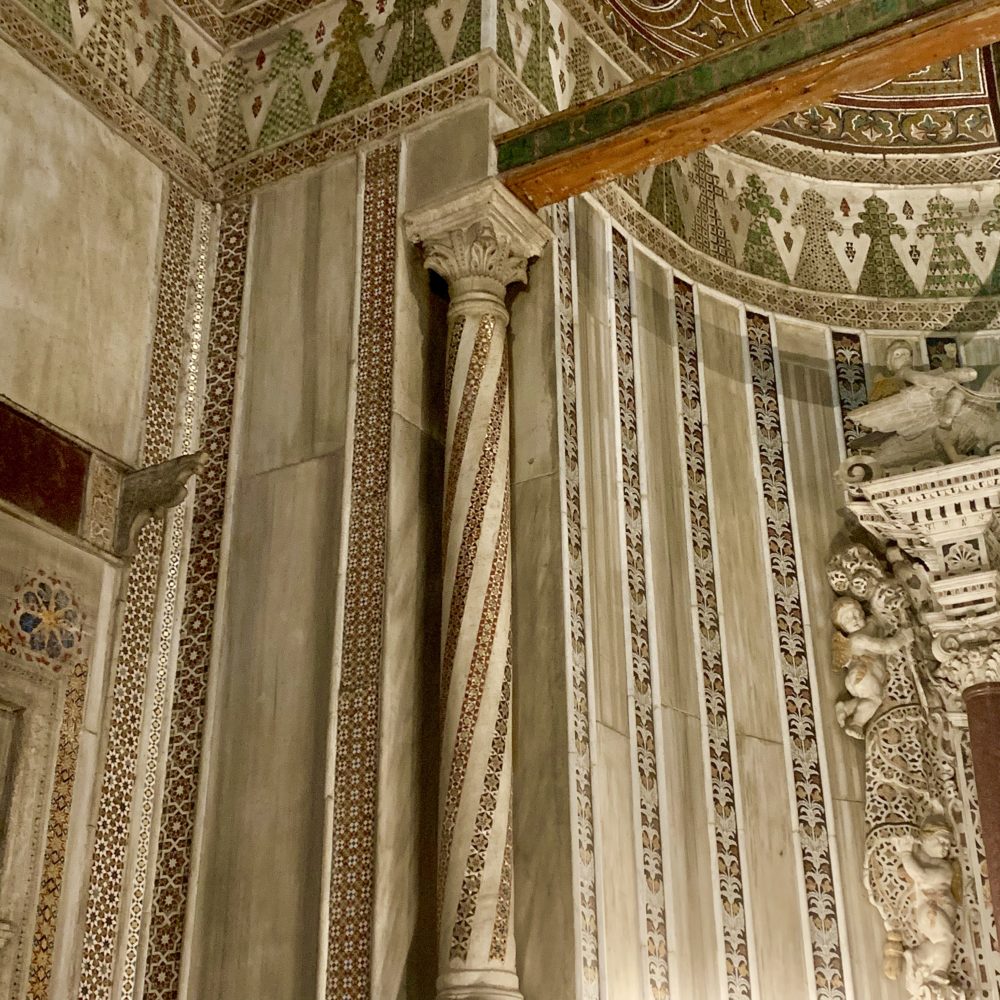
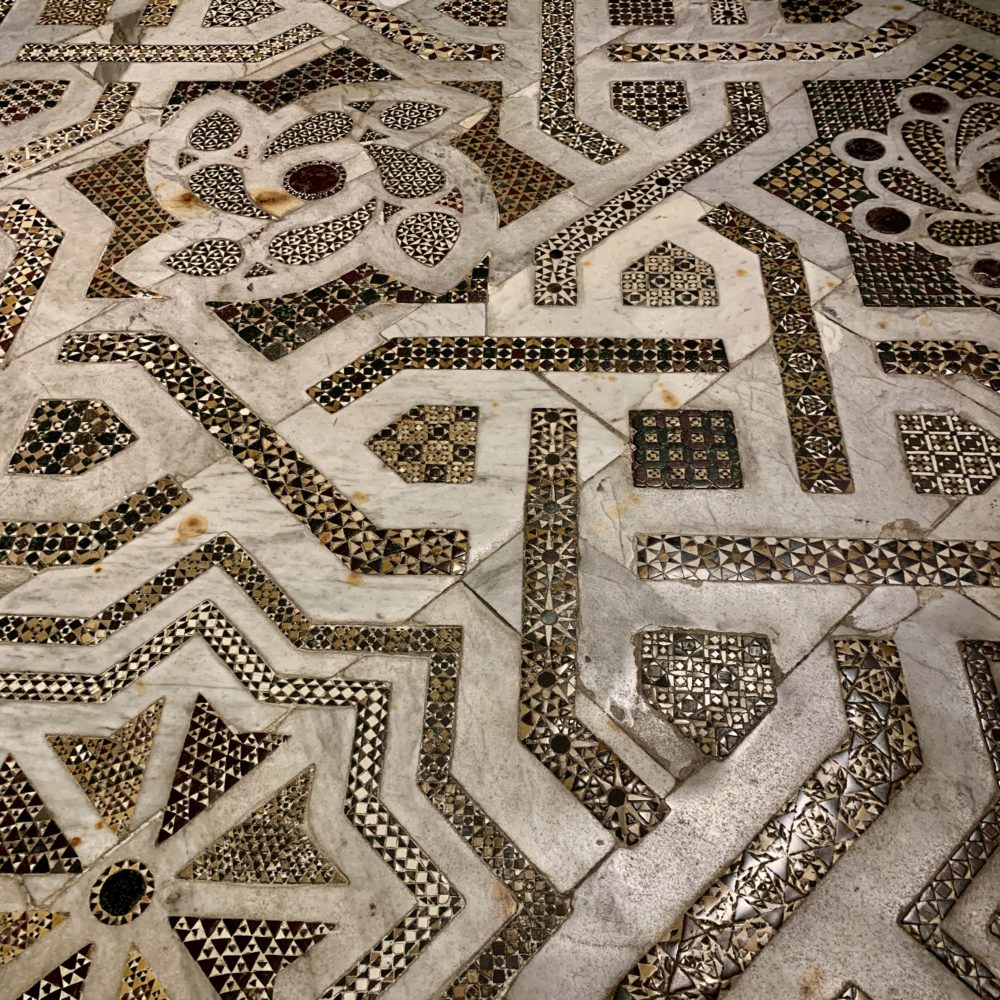
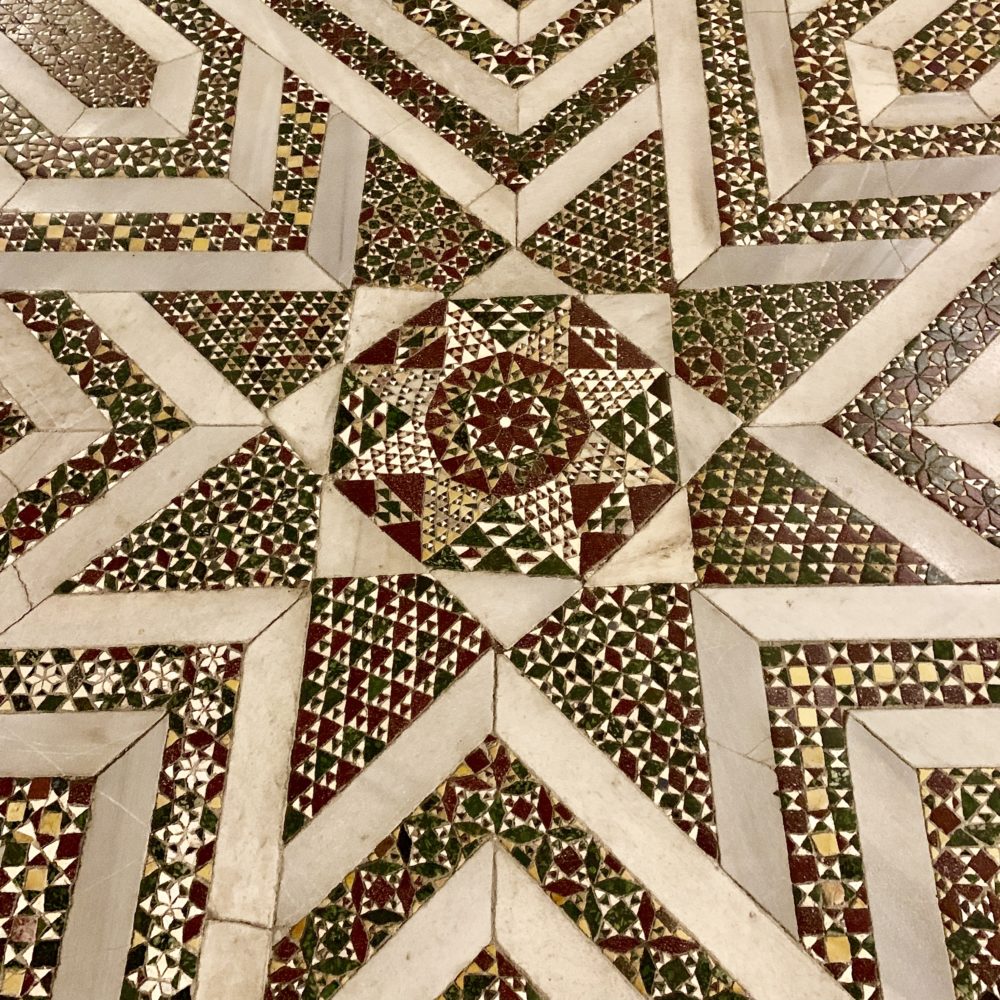
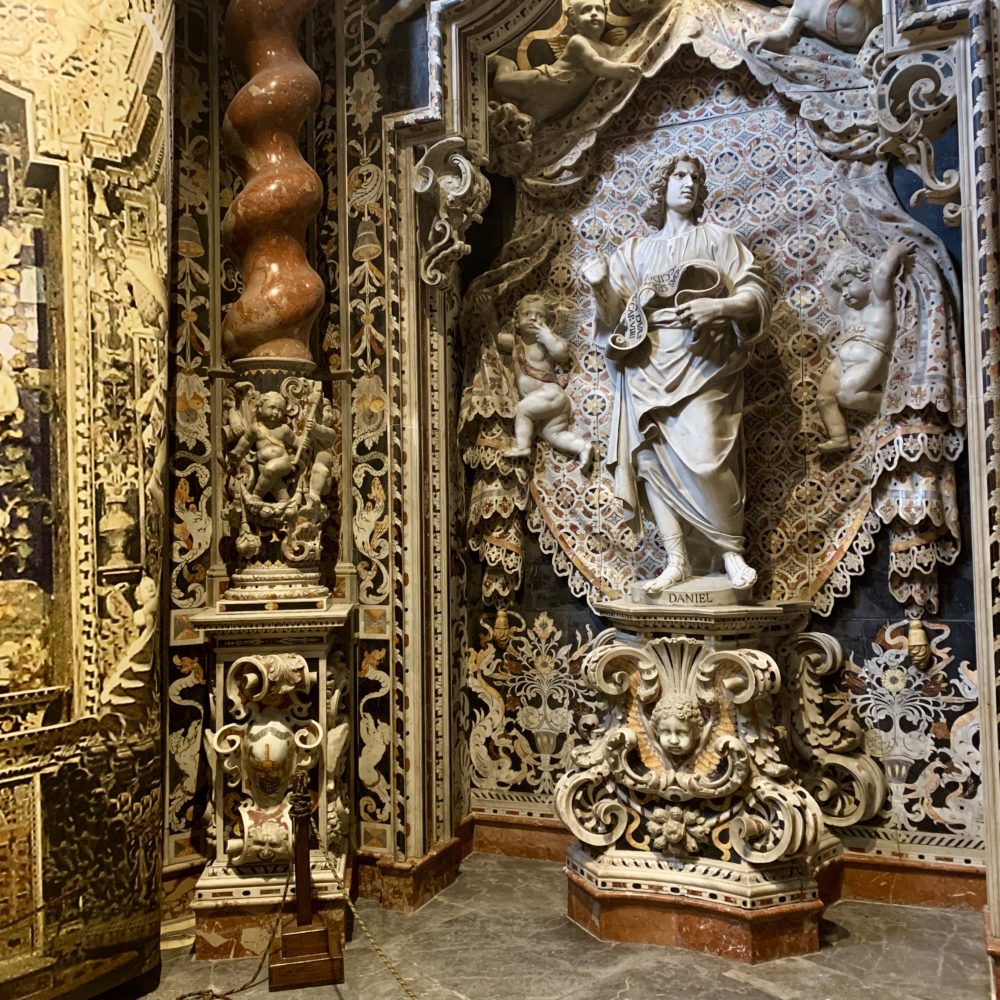
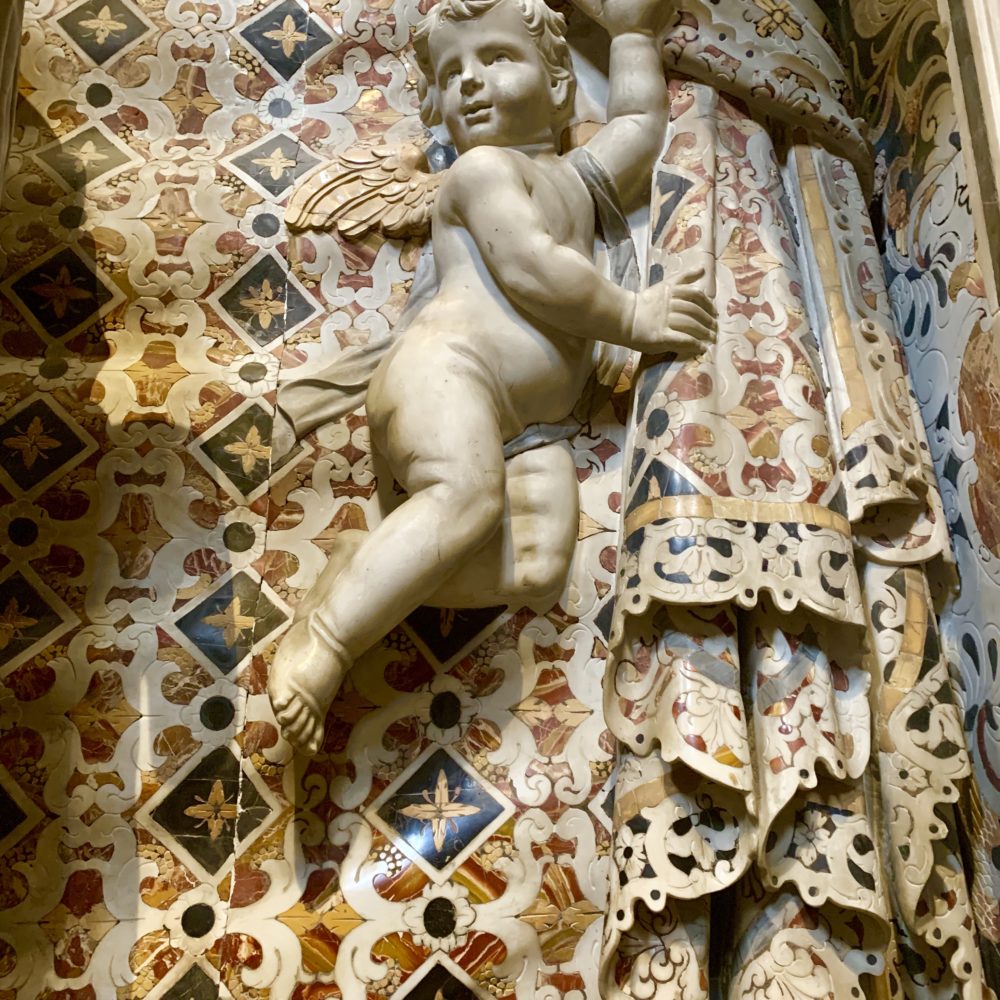
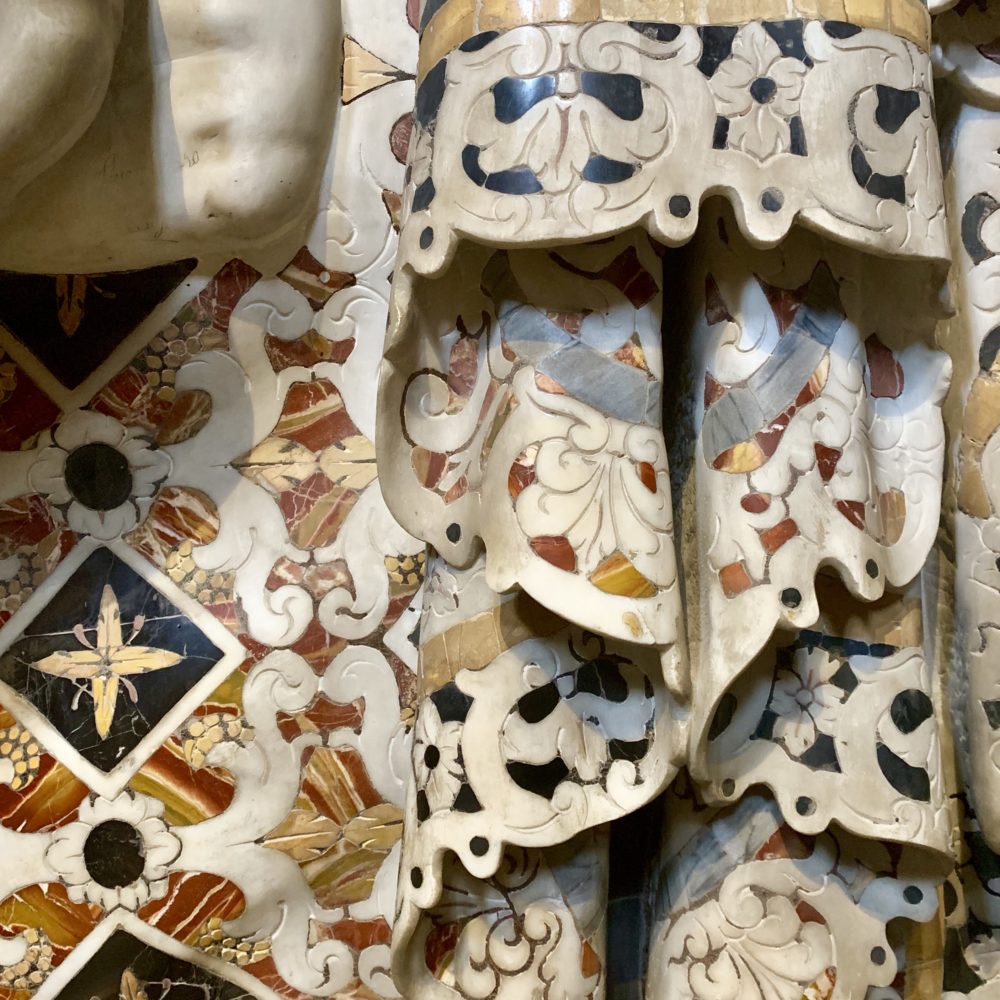
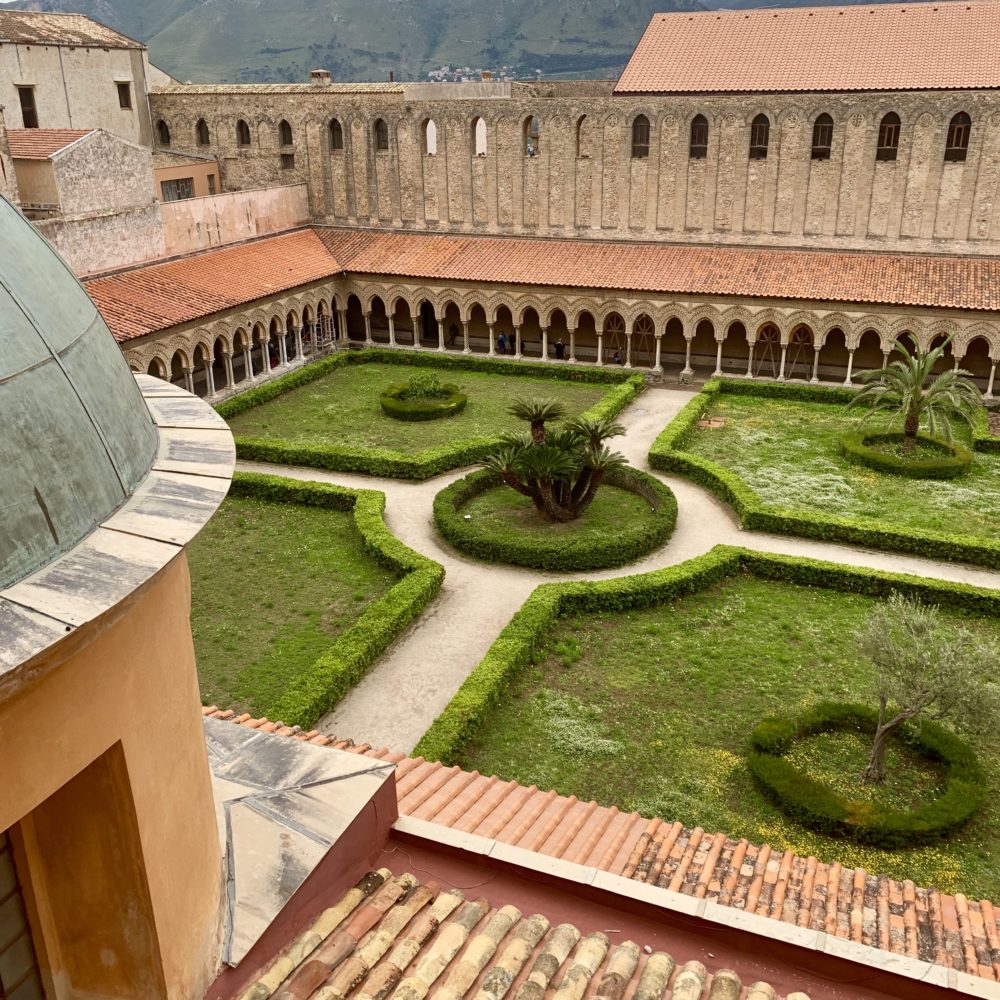
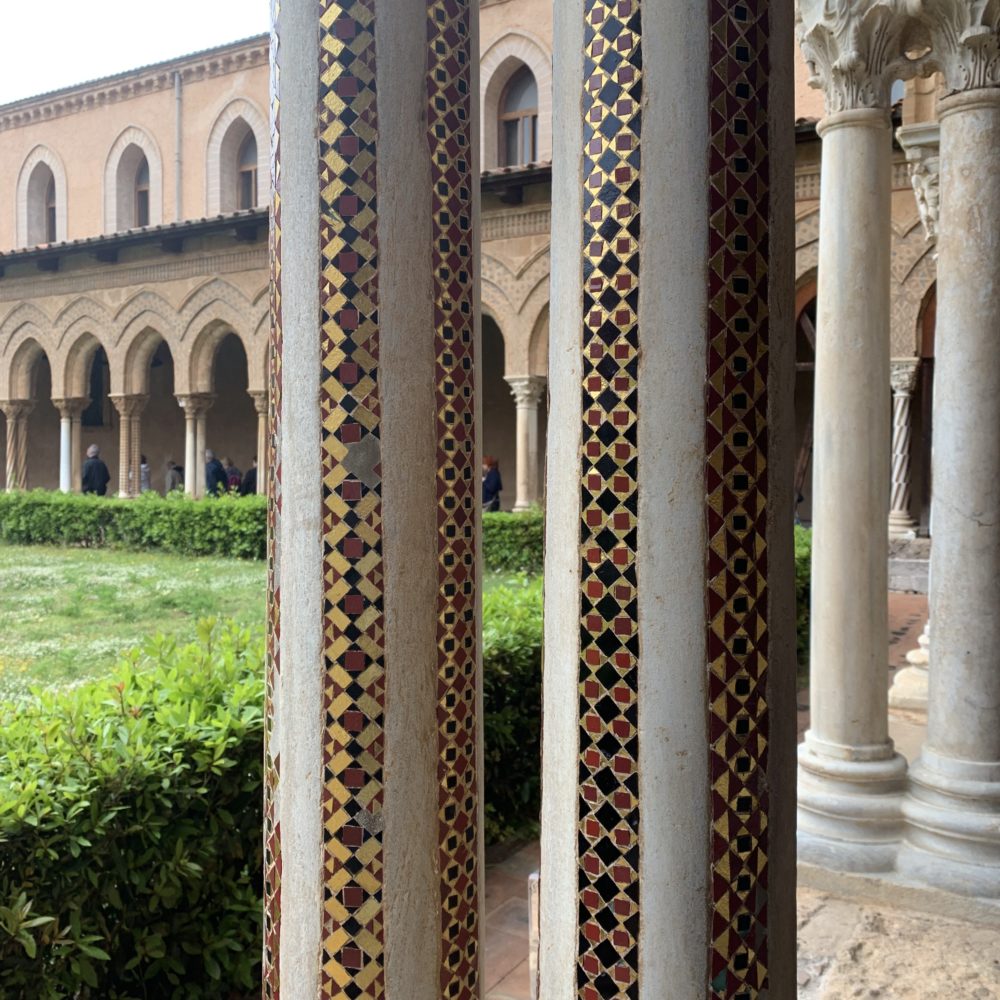
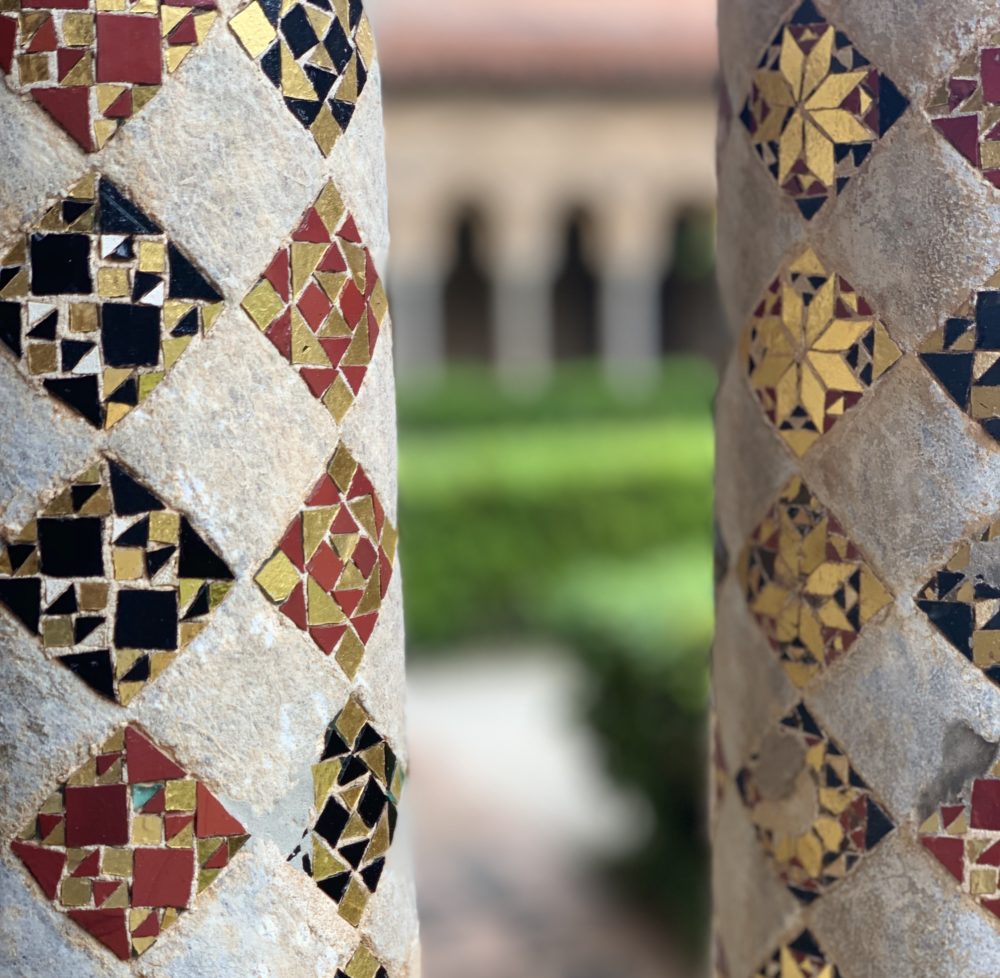

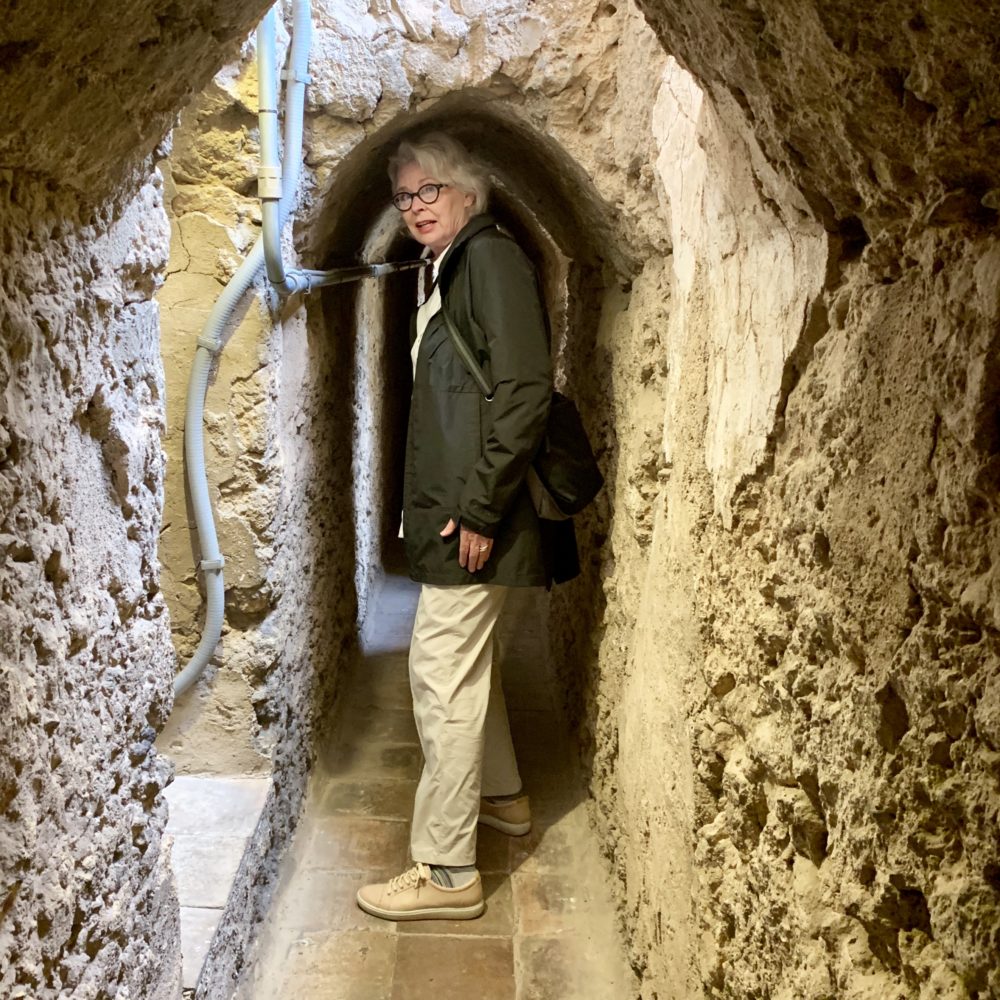
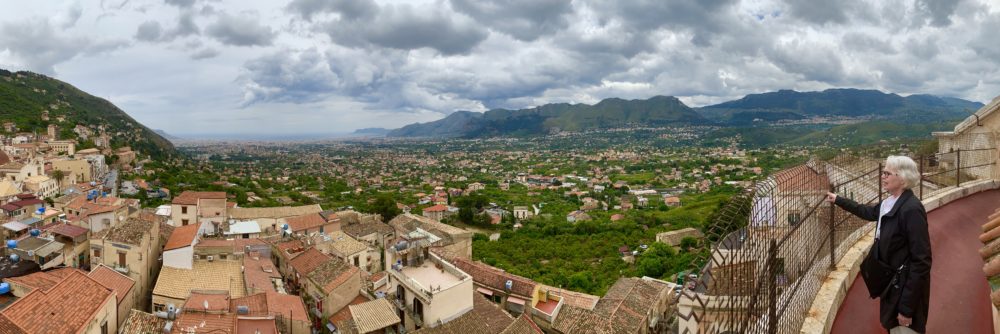
Palermo Parts Two and Three follow.
